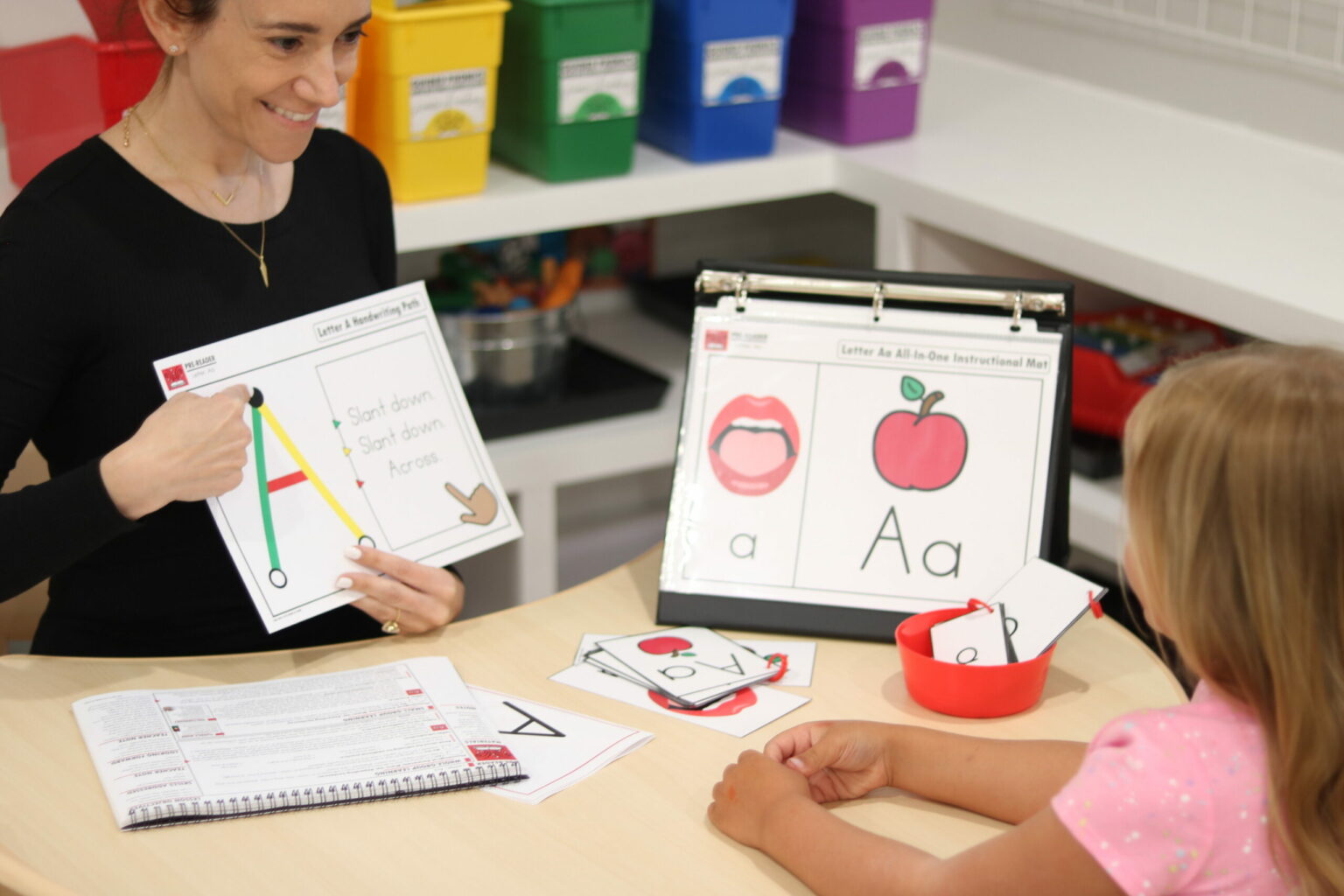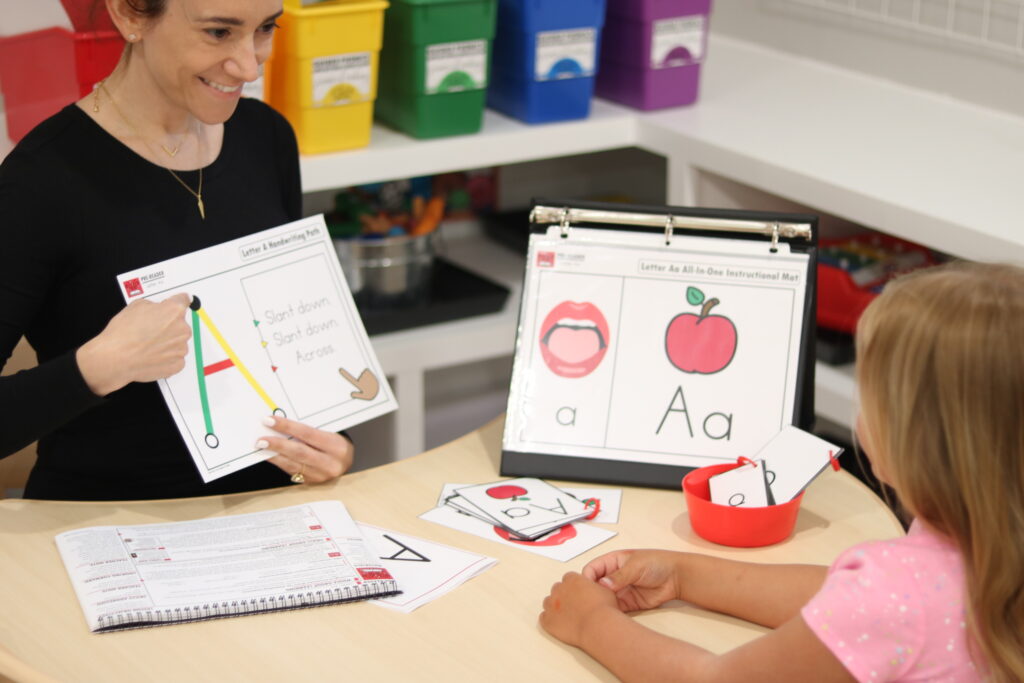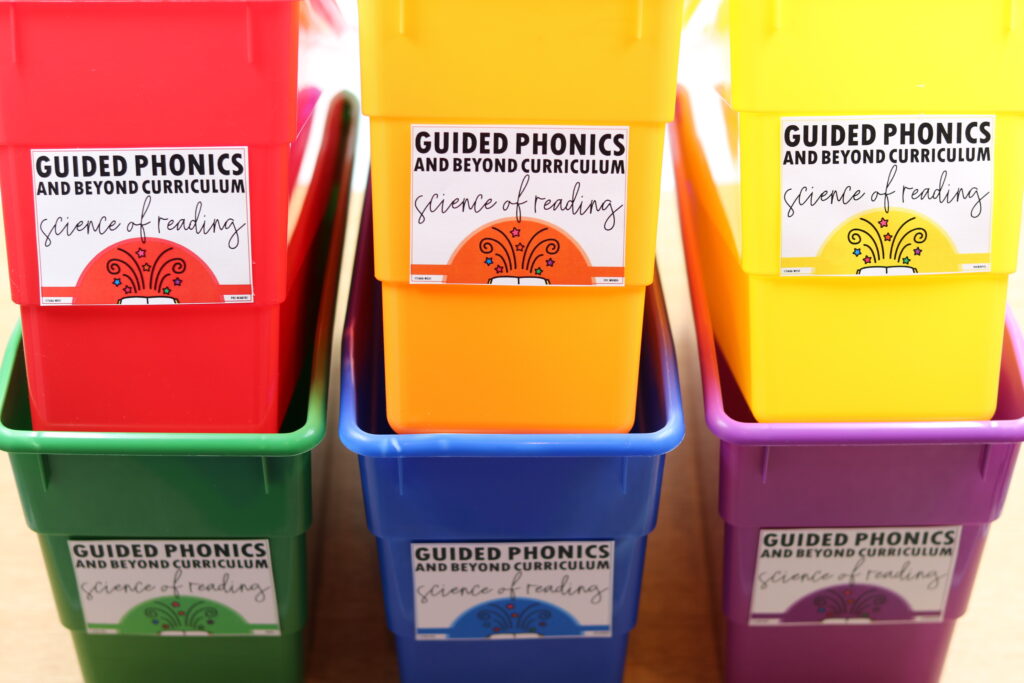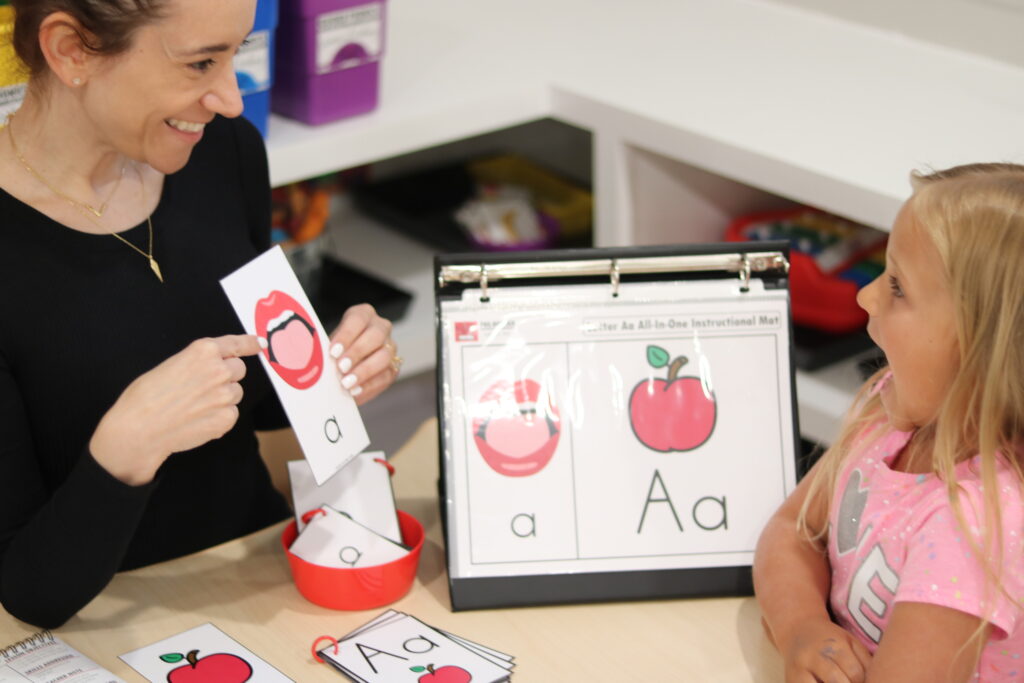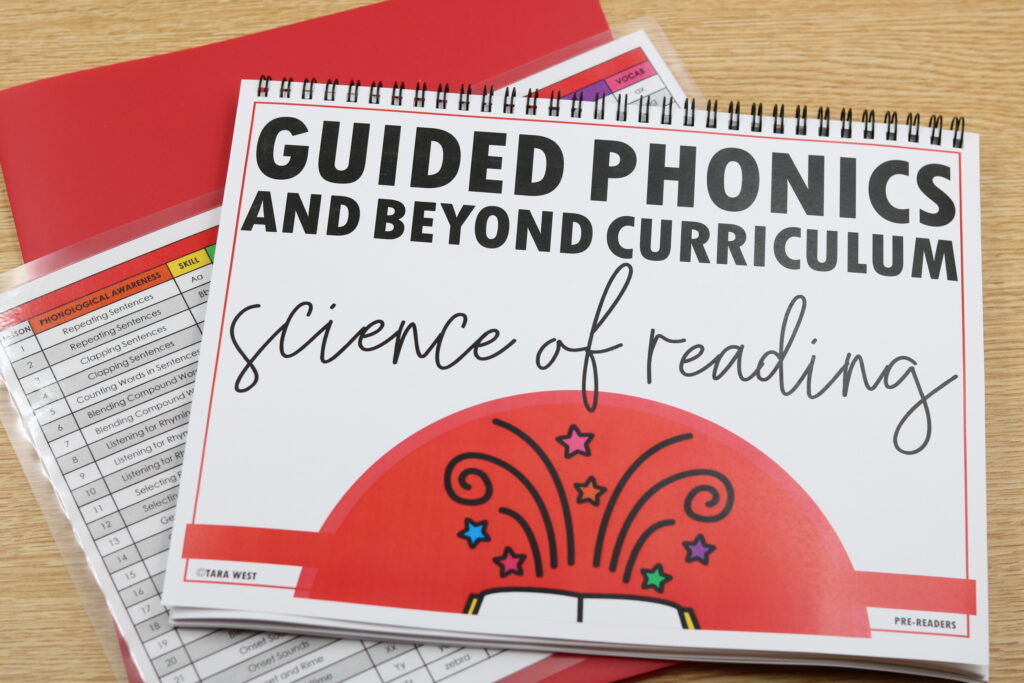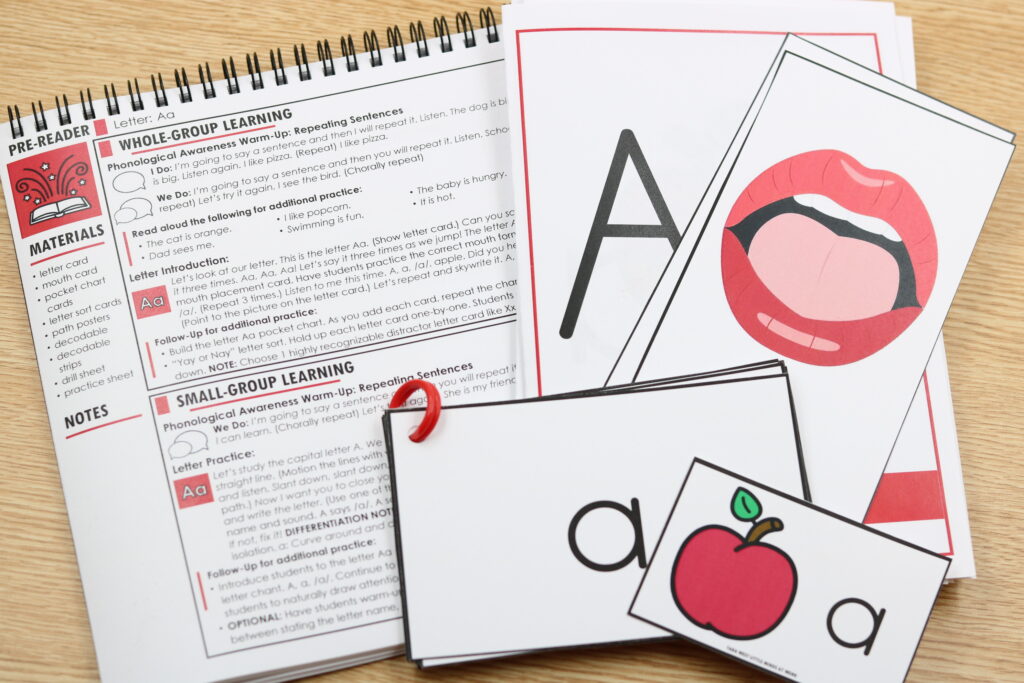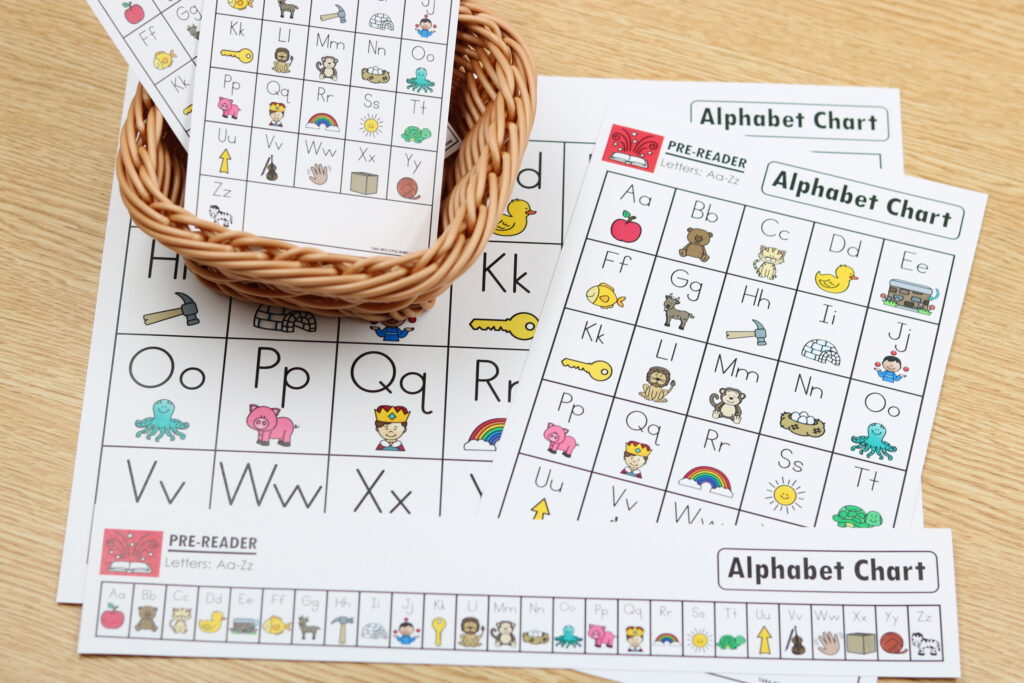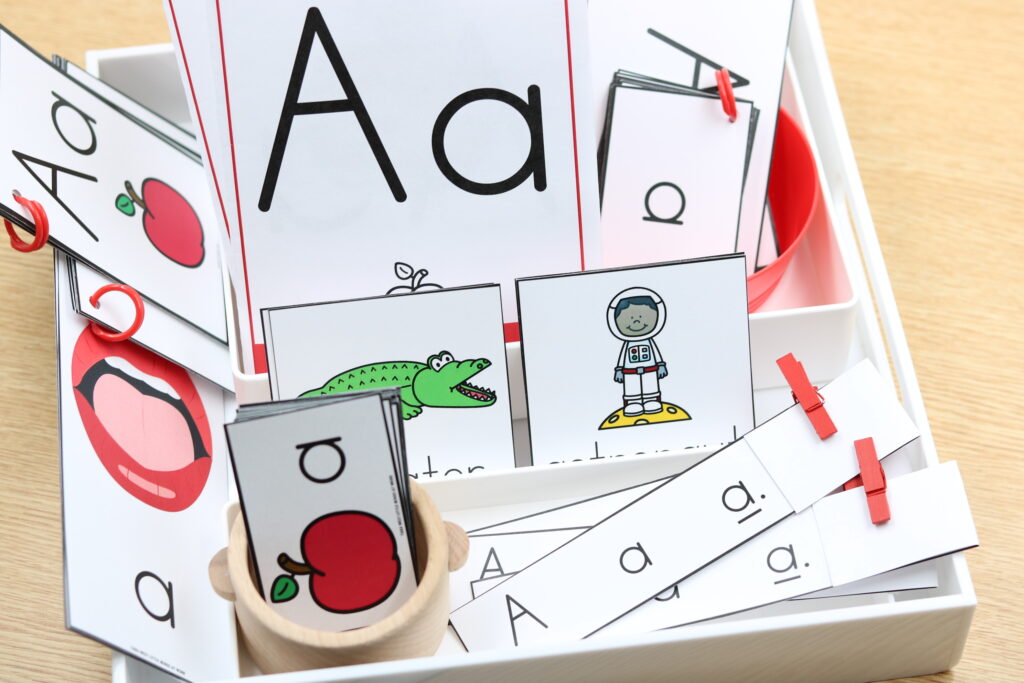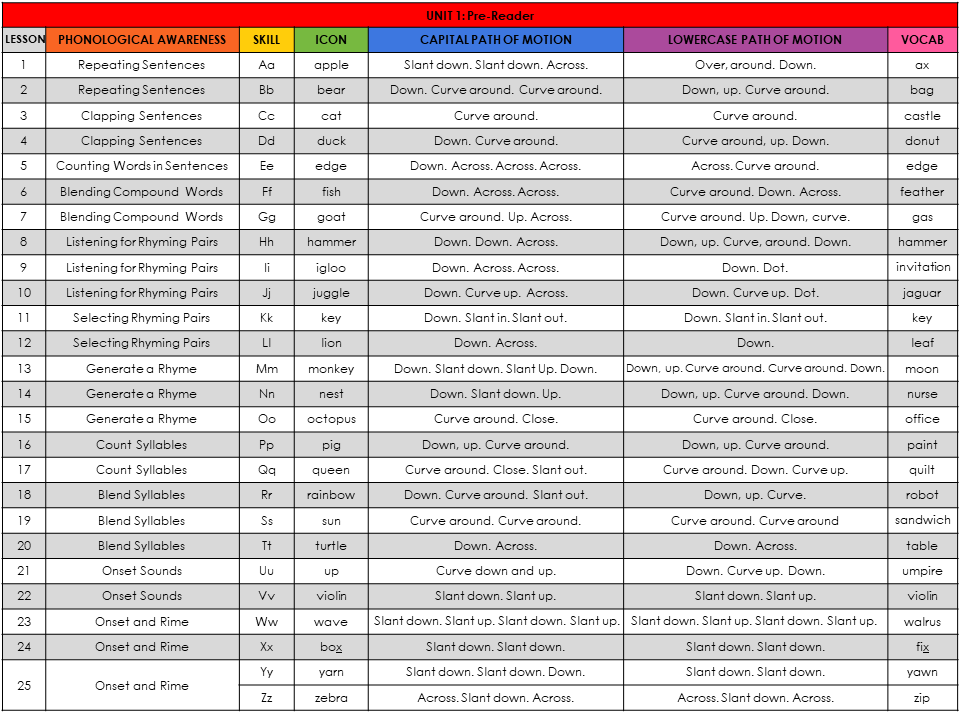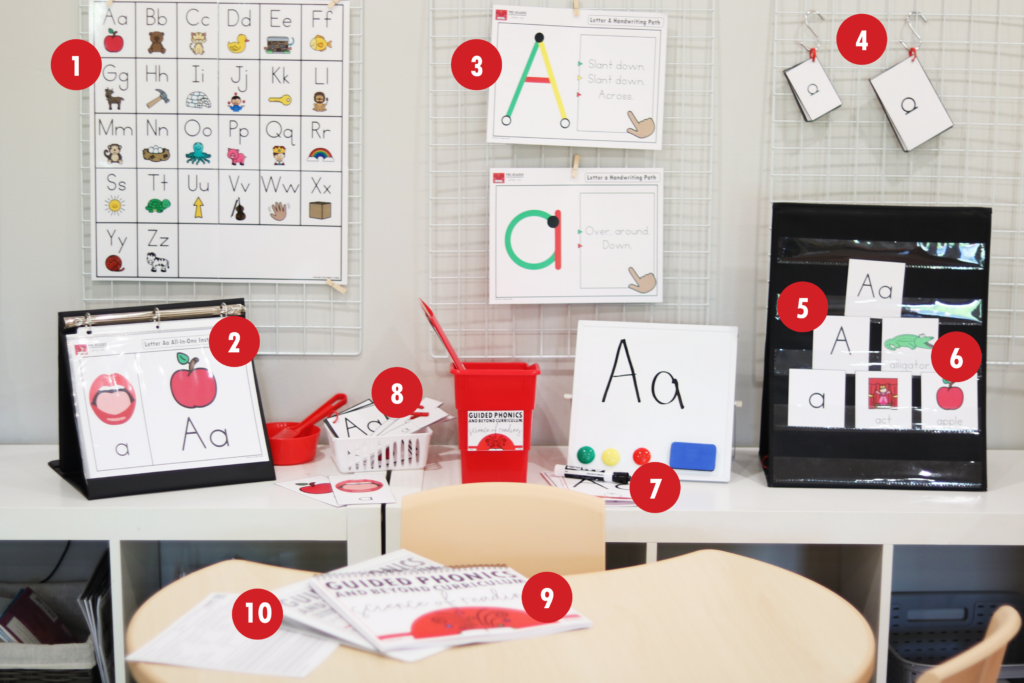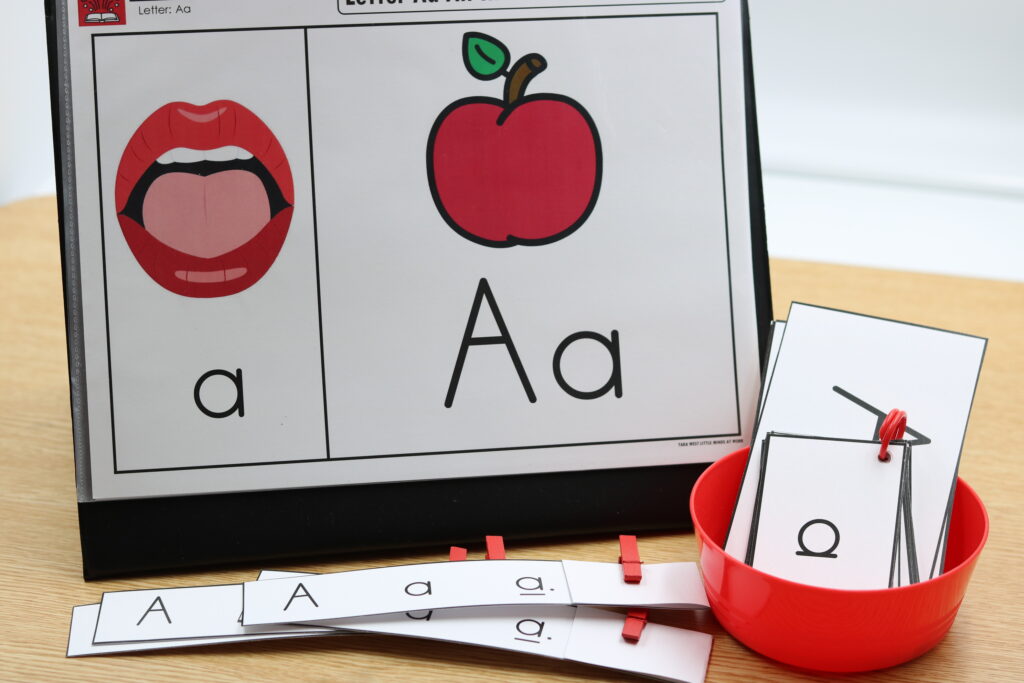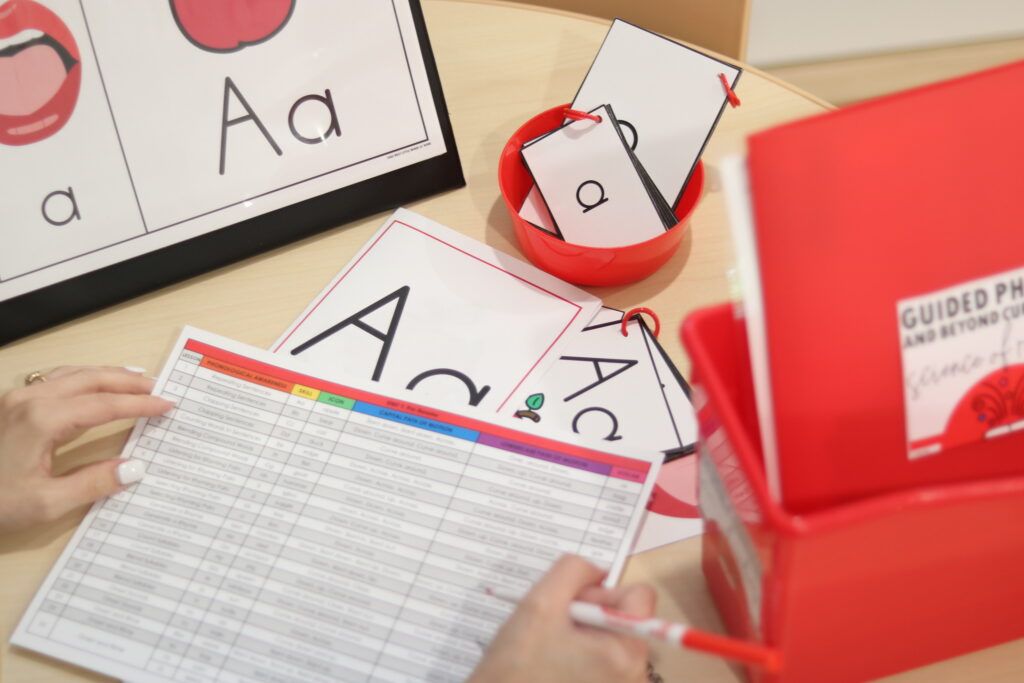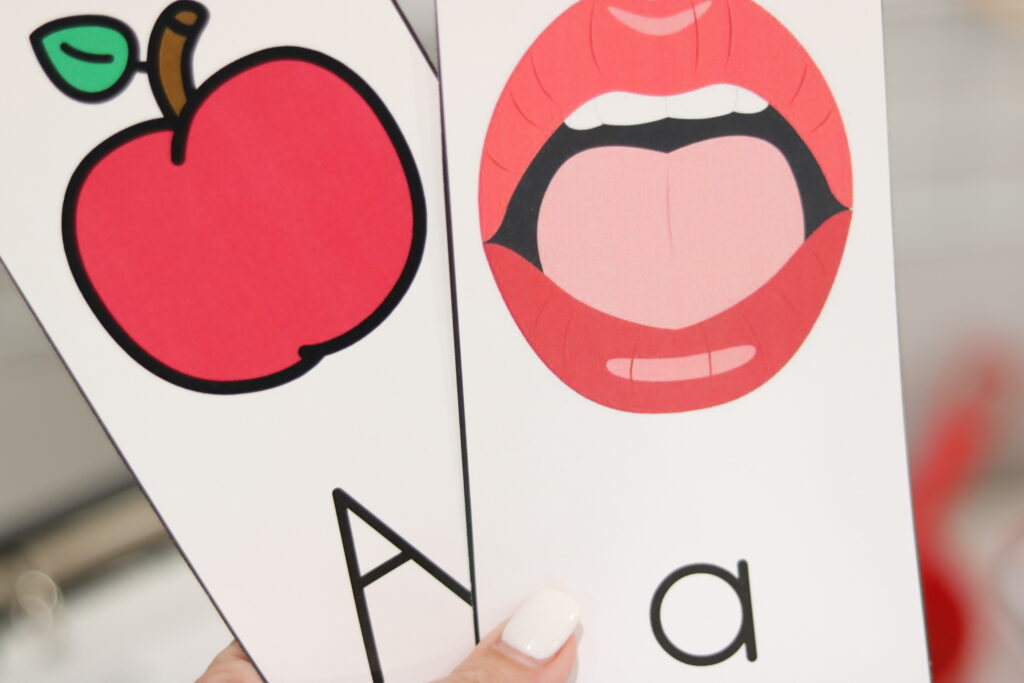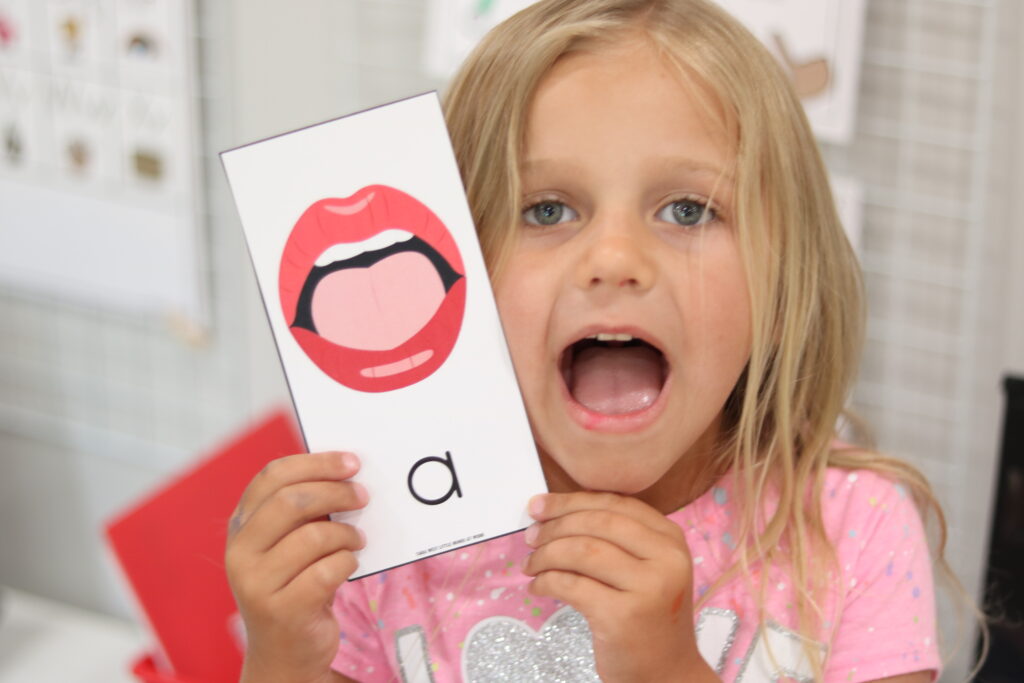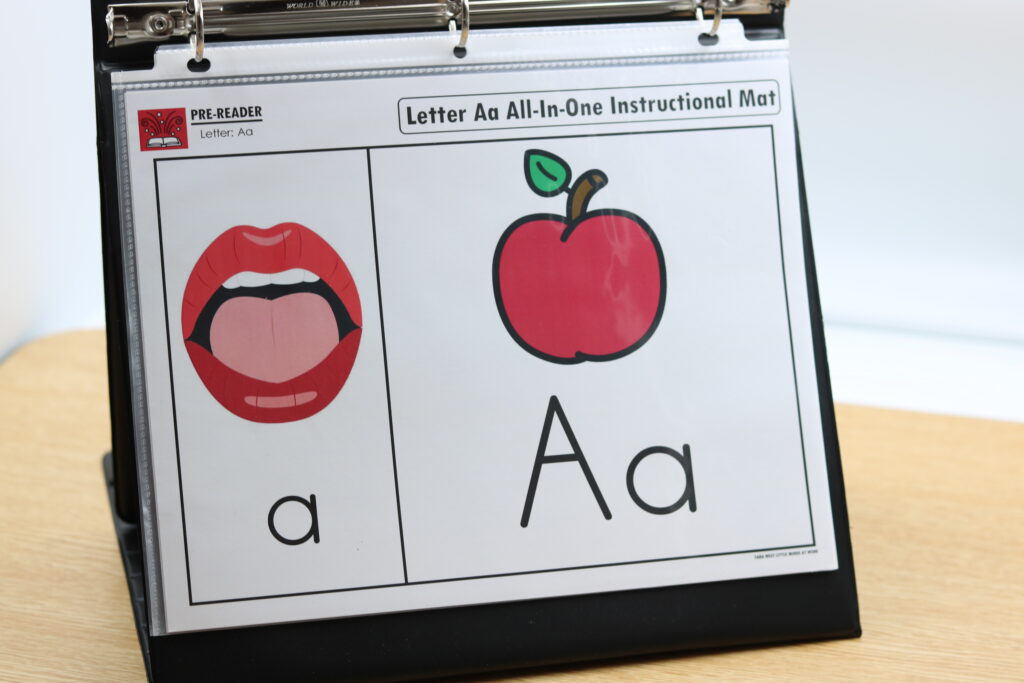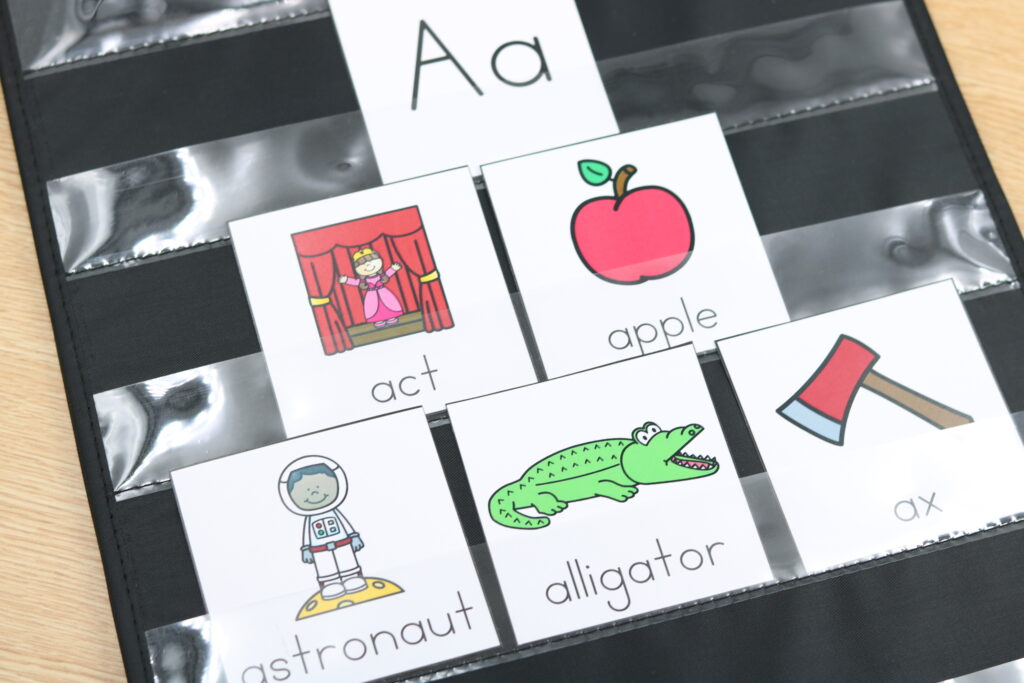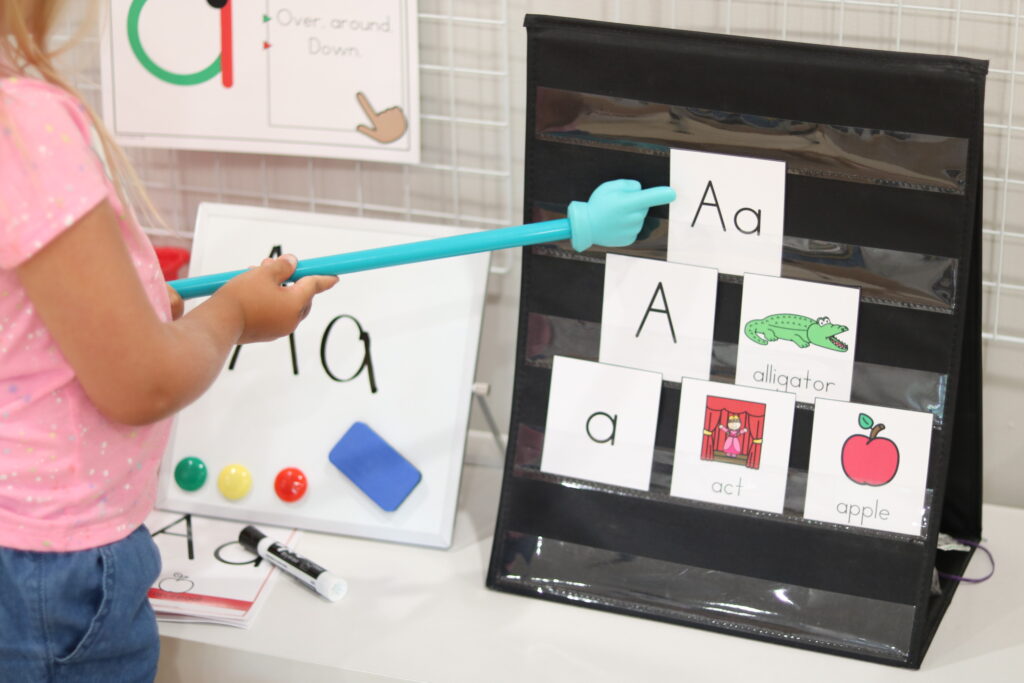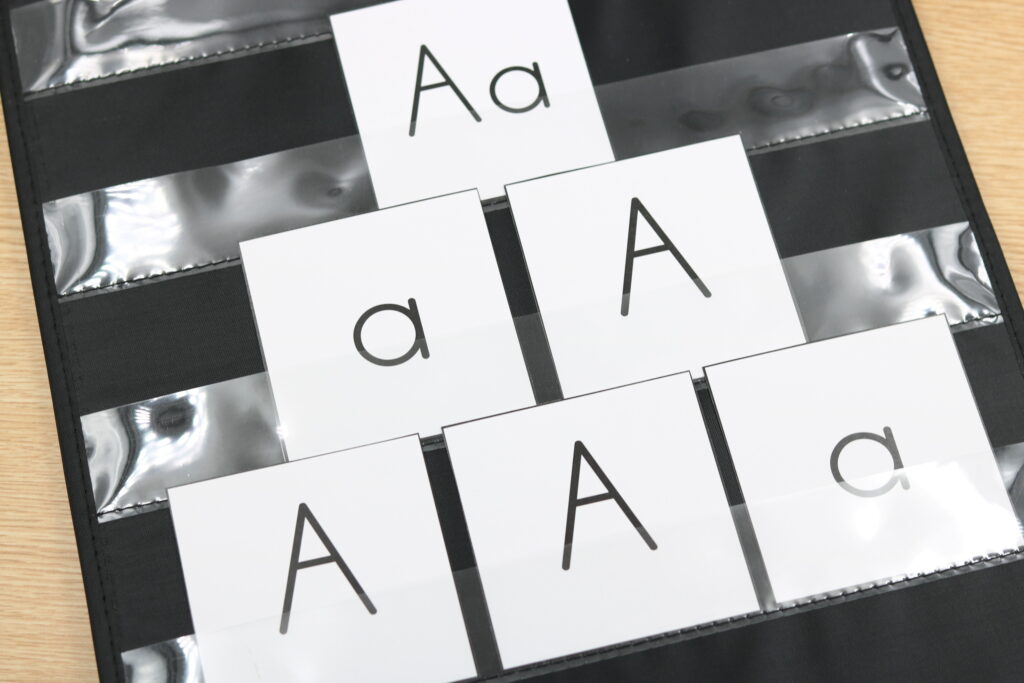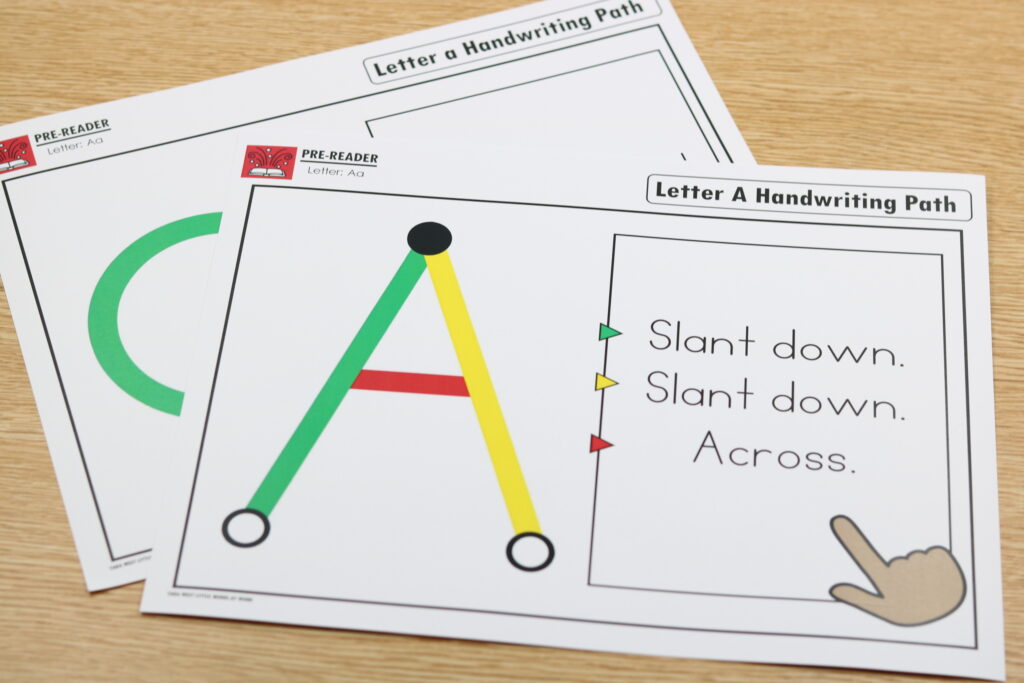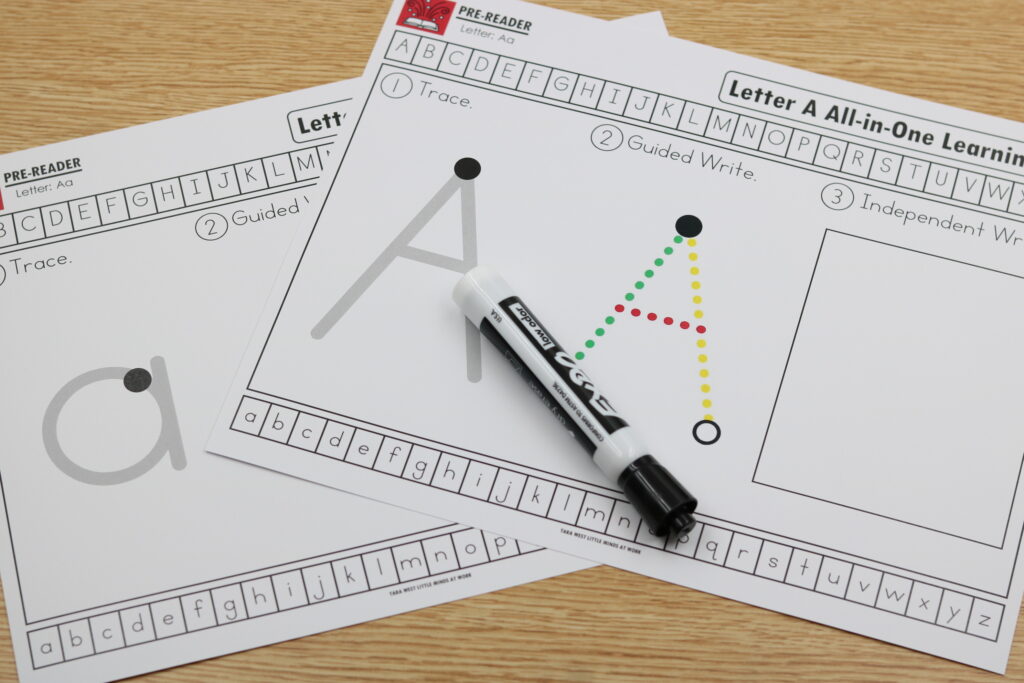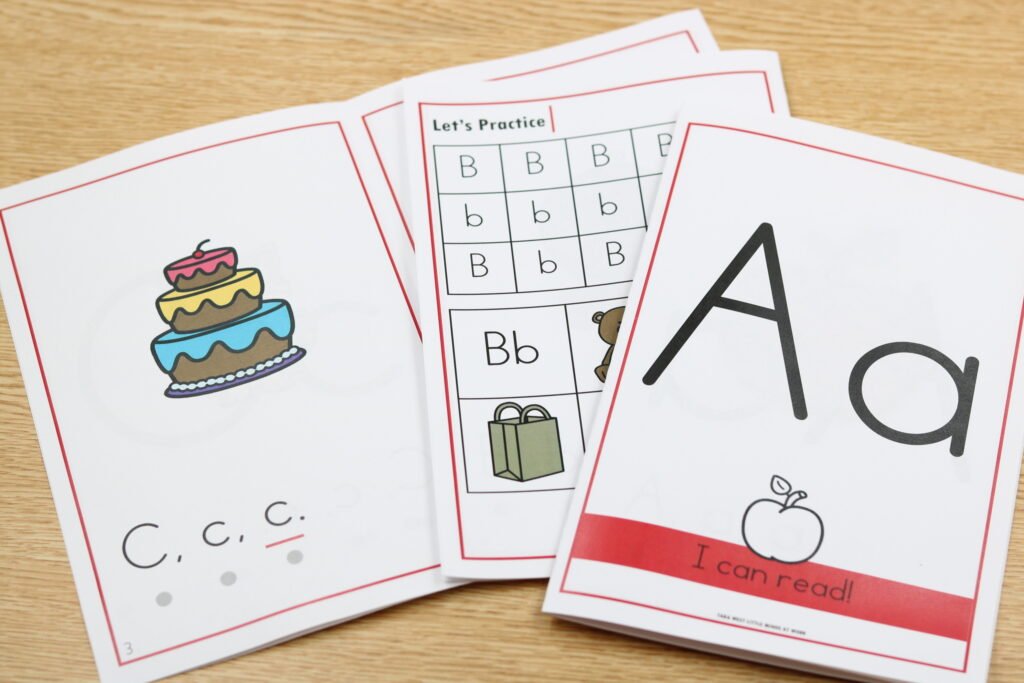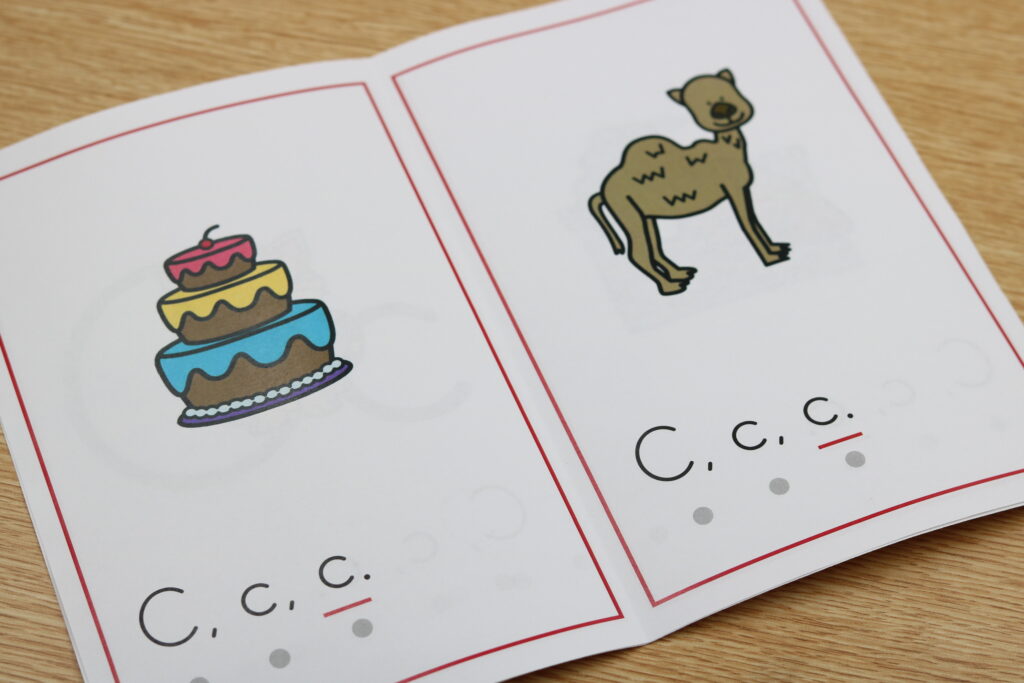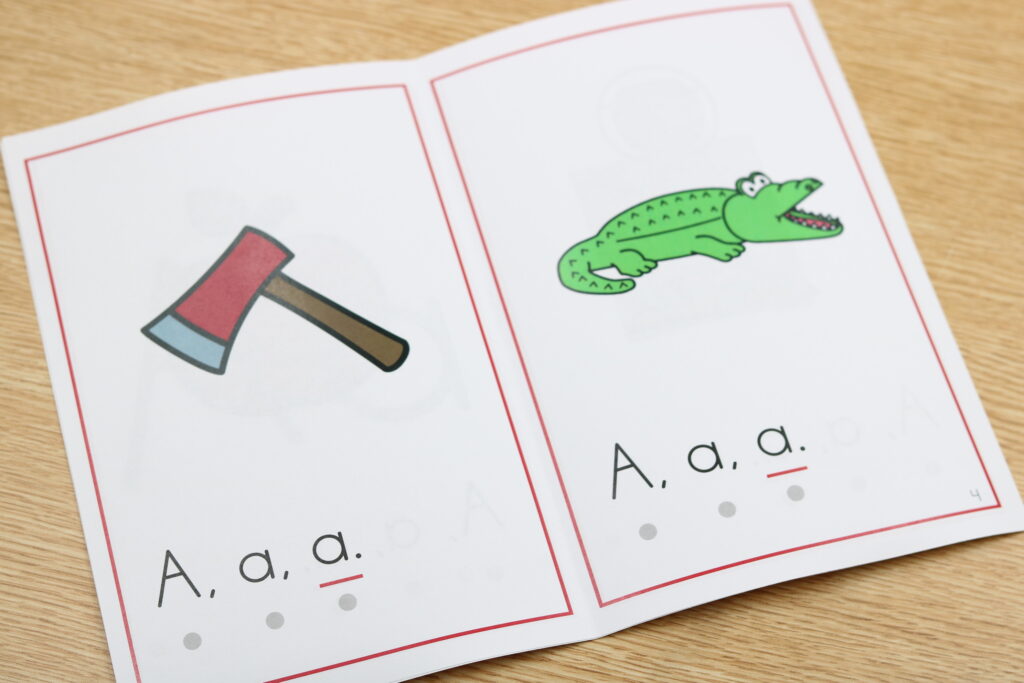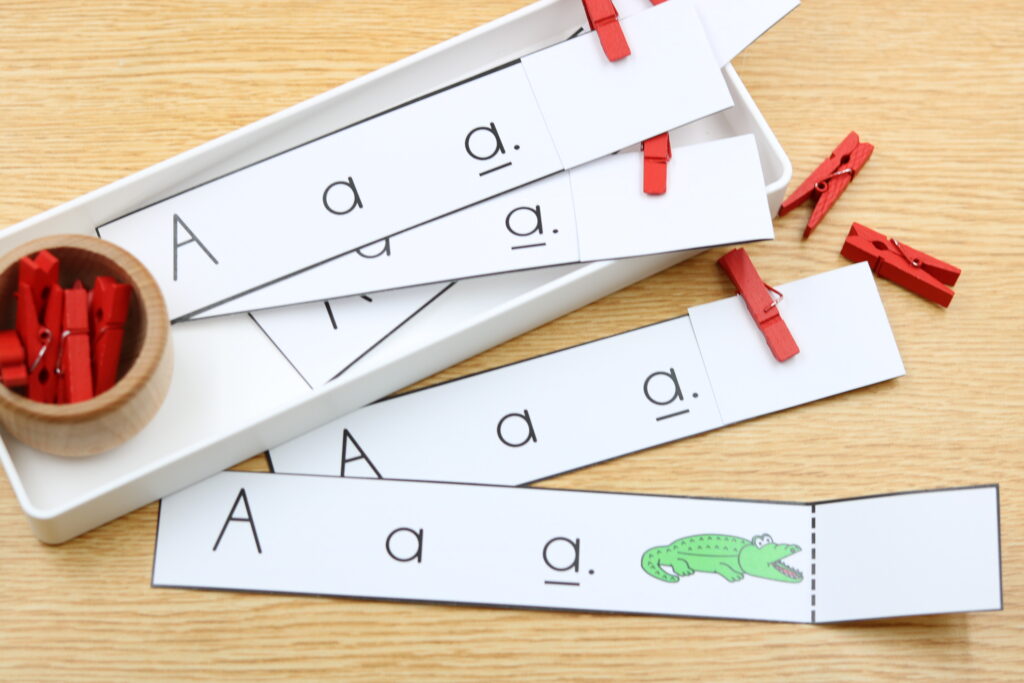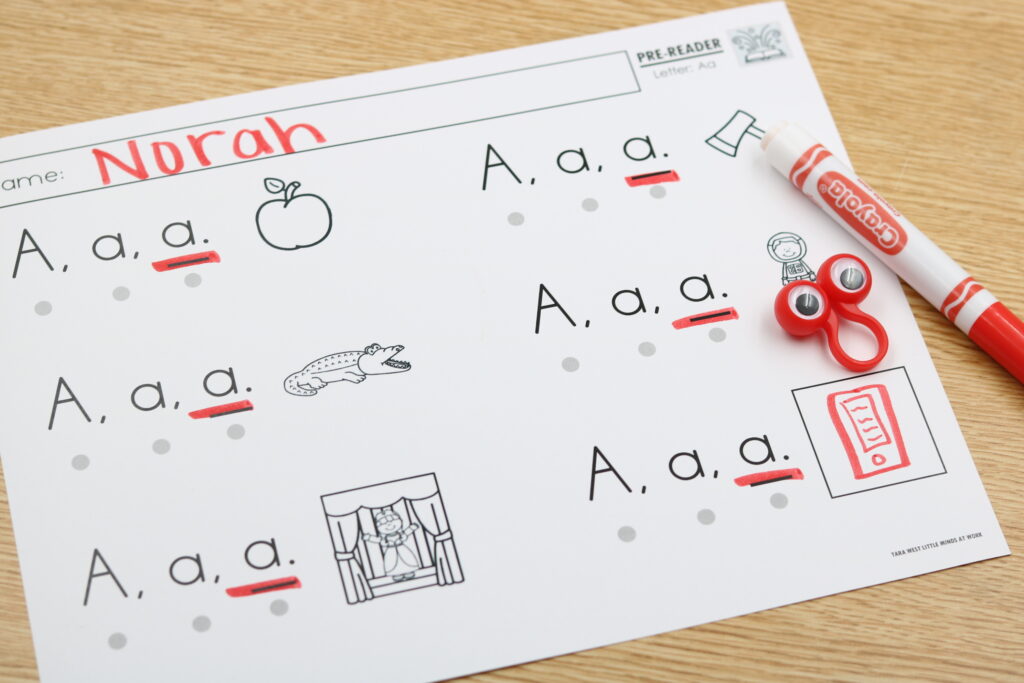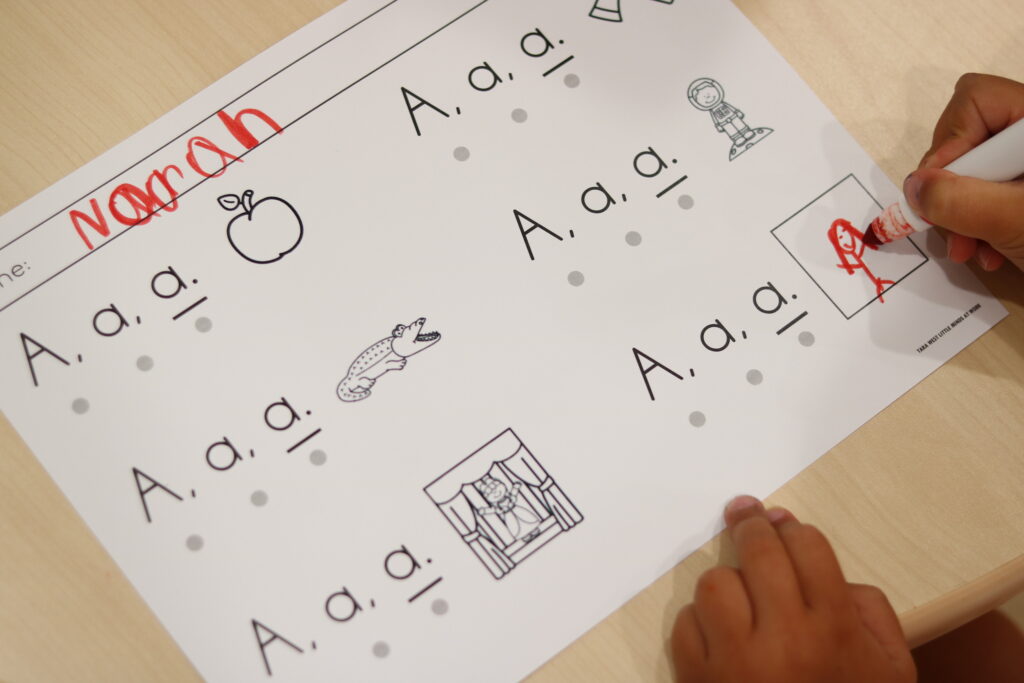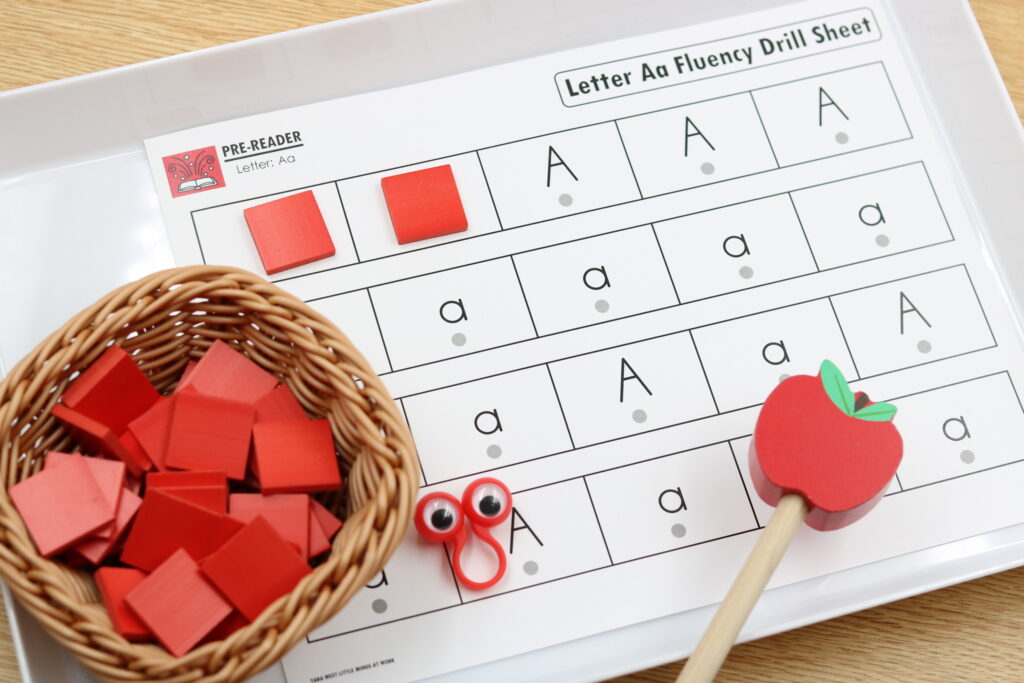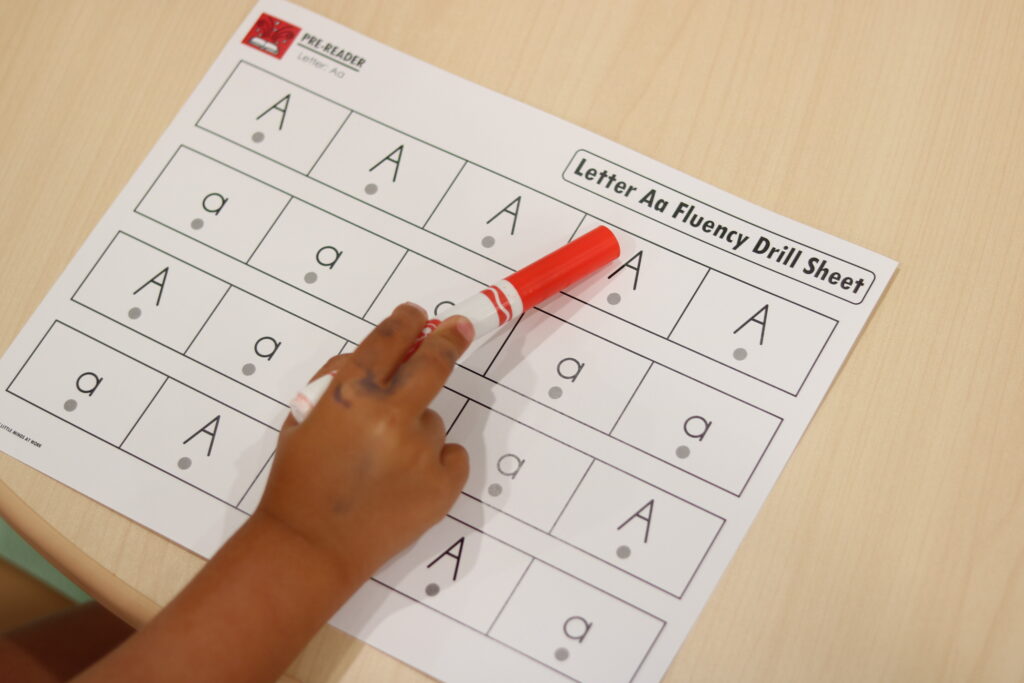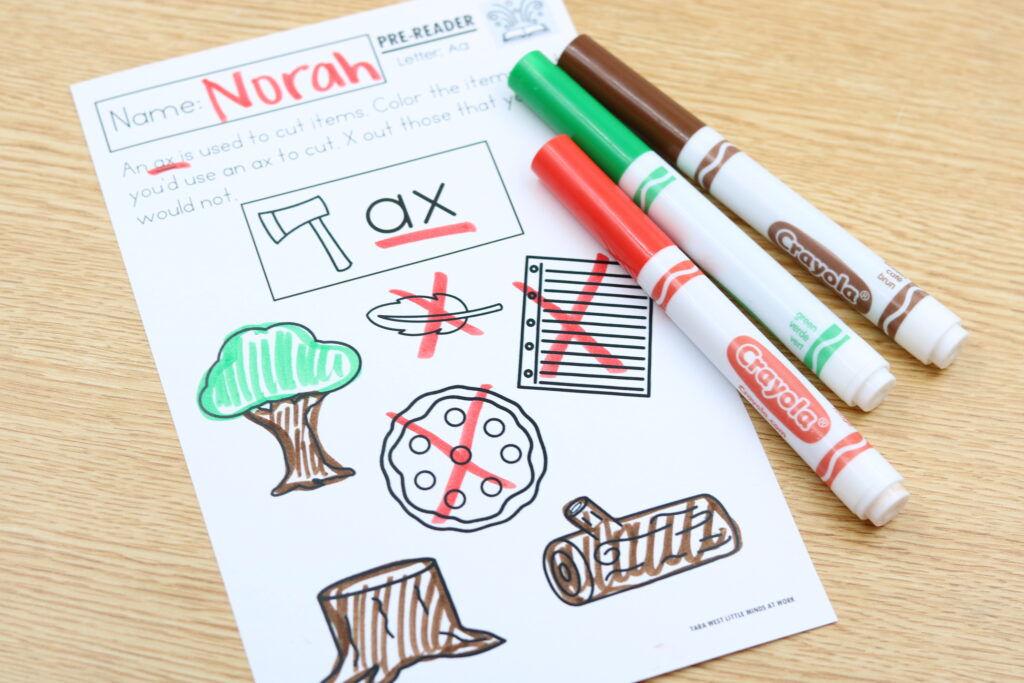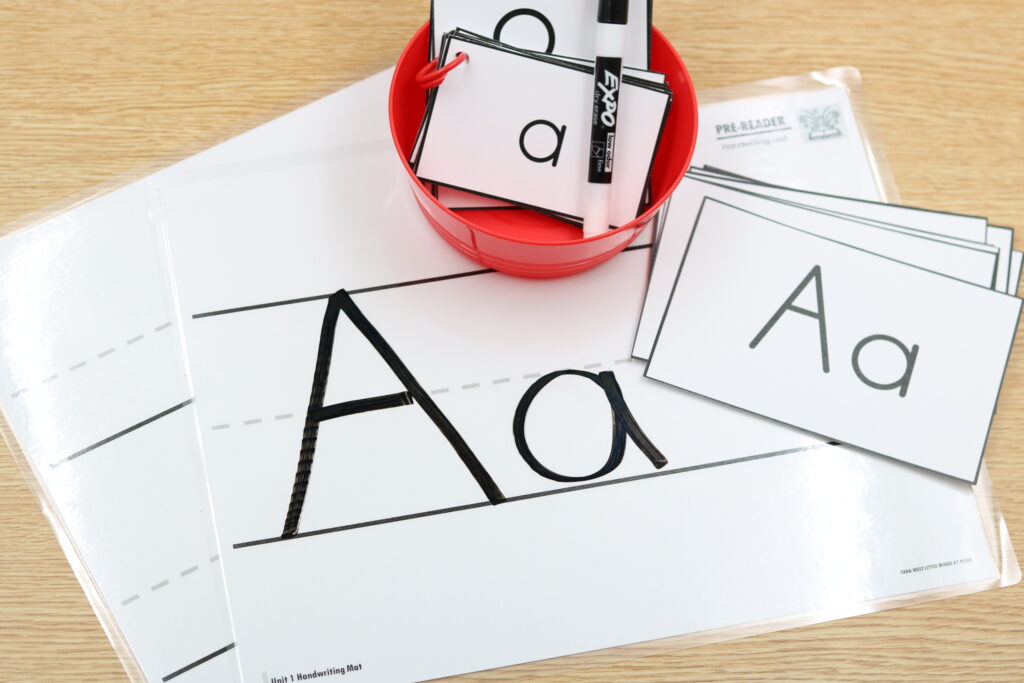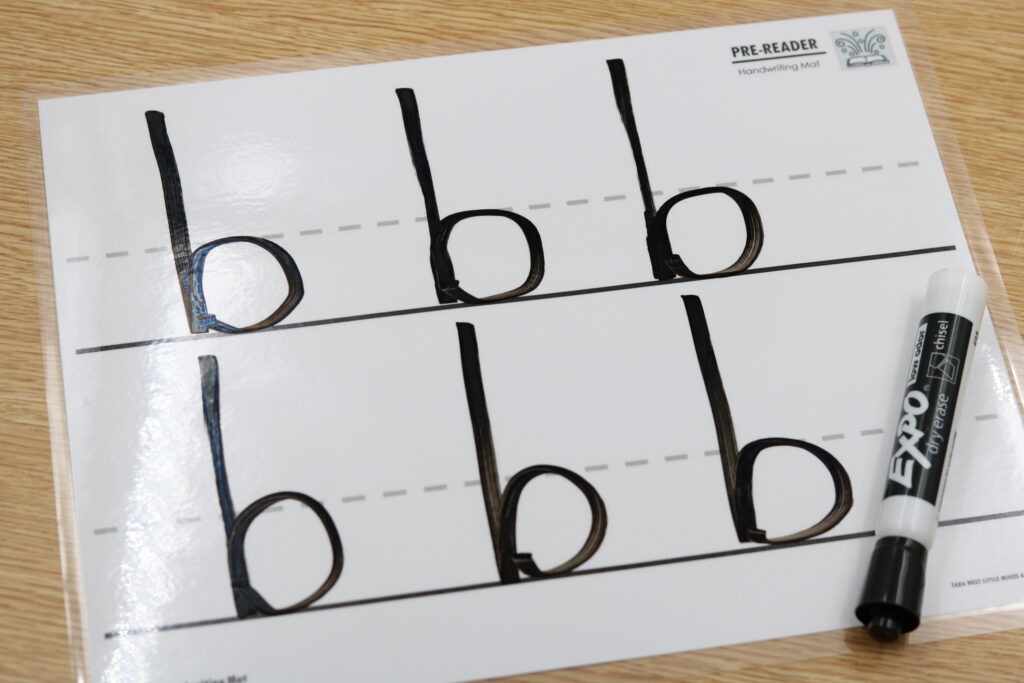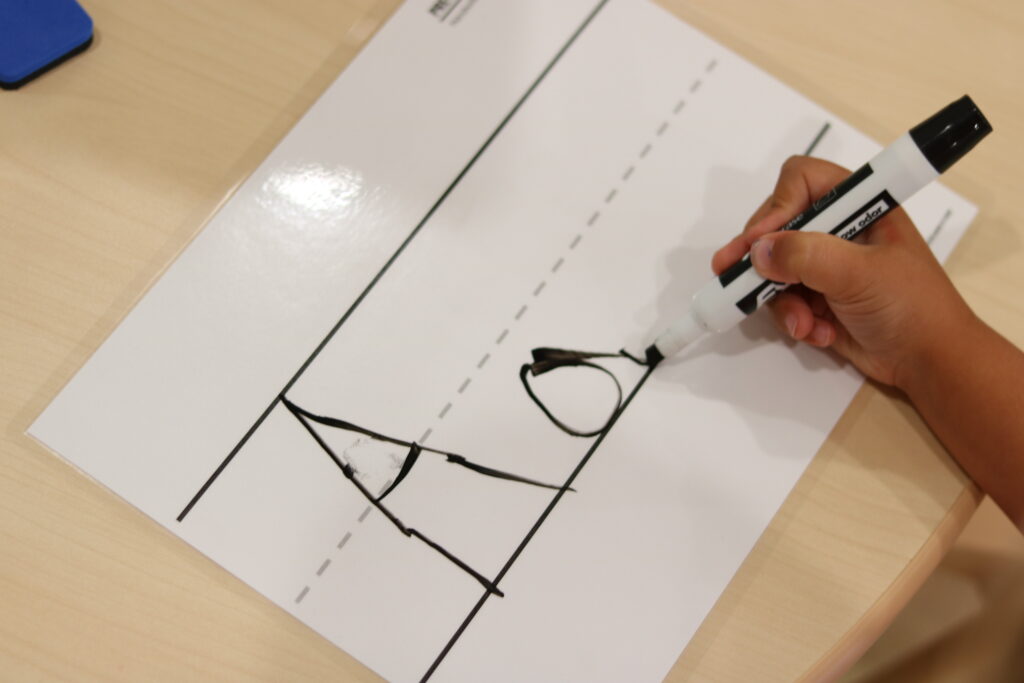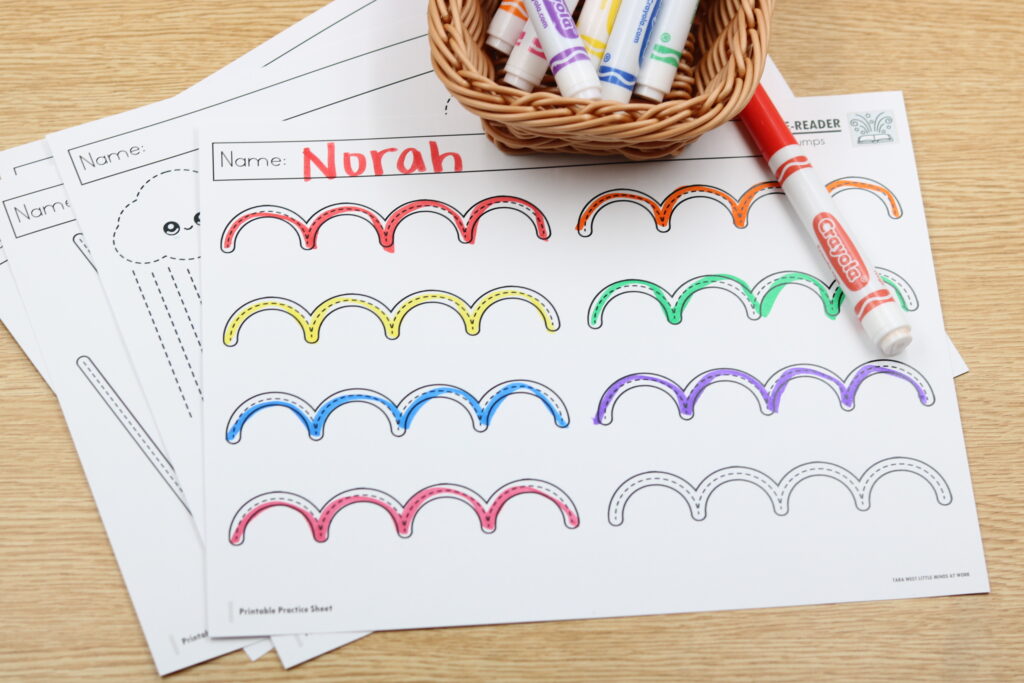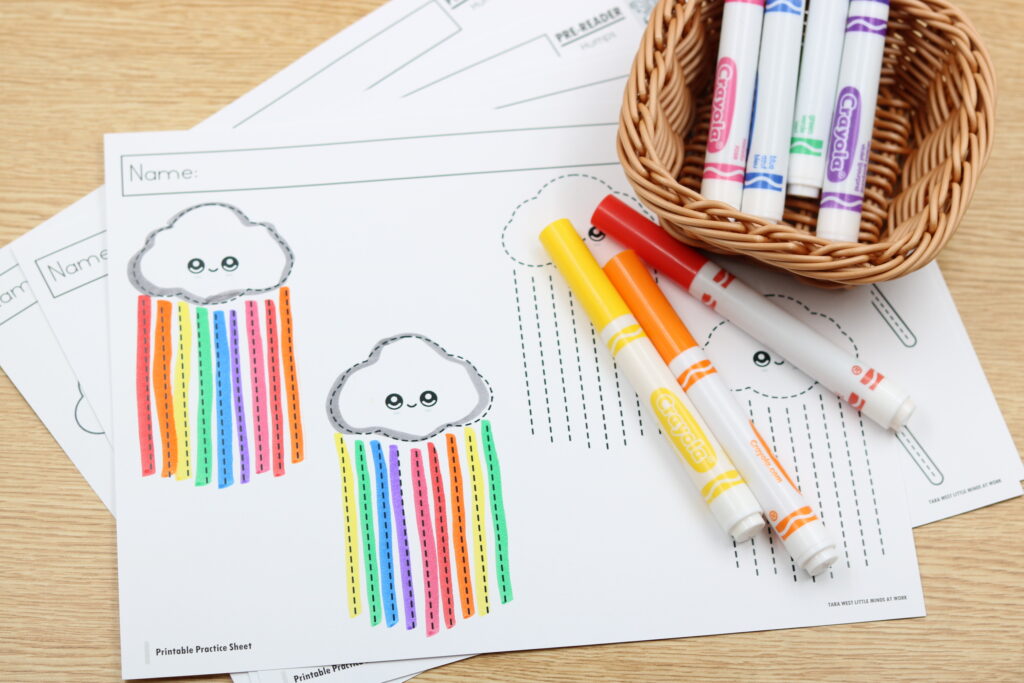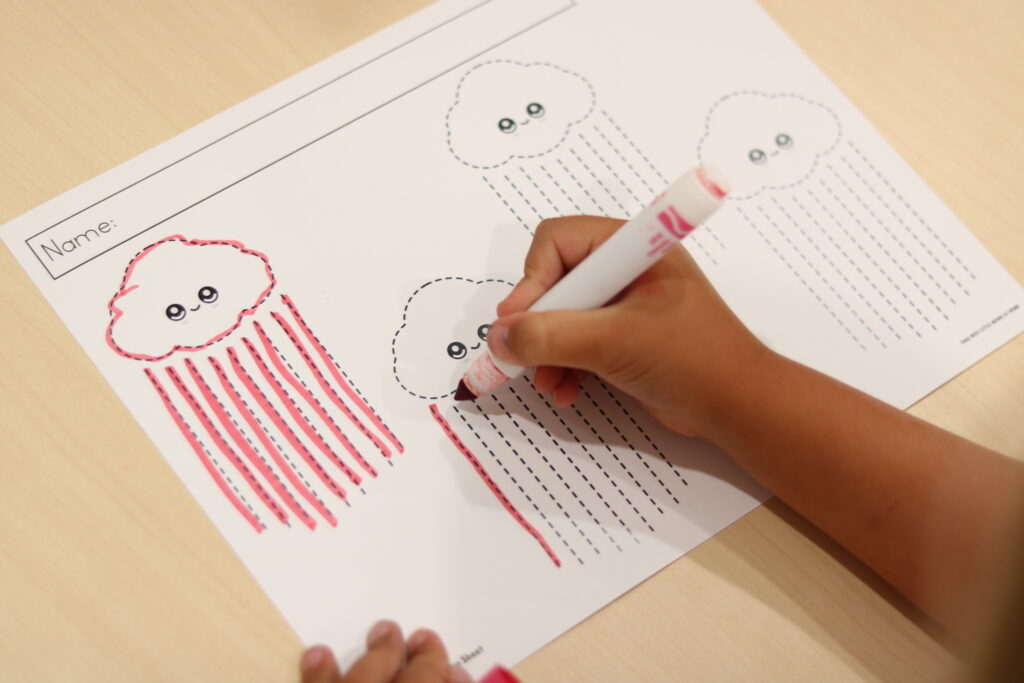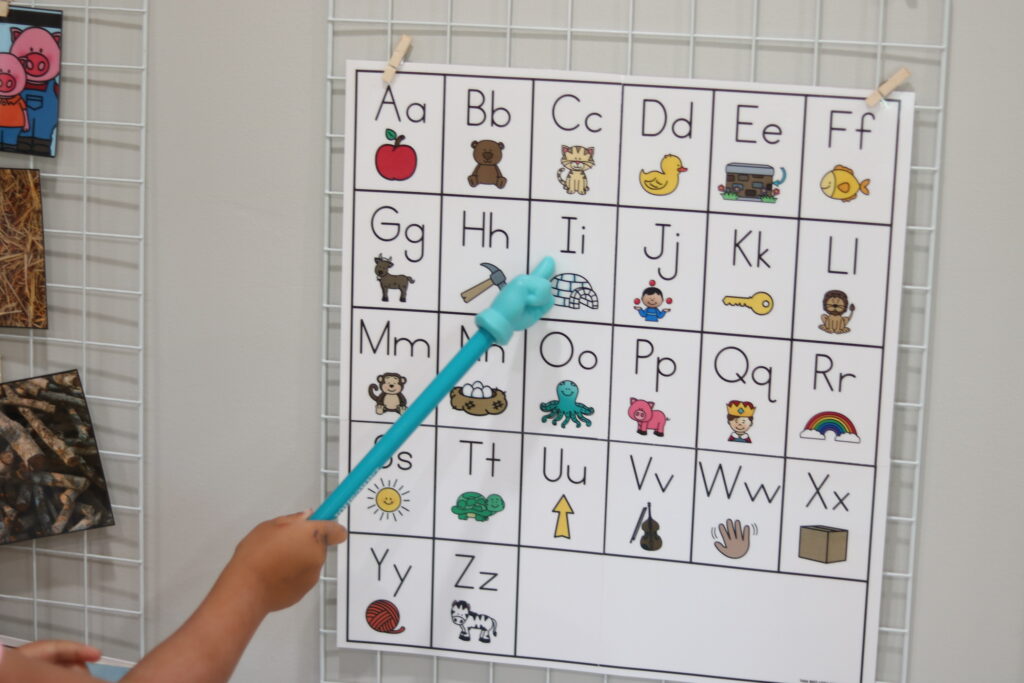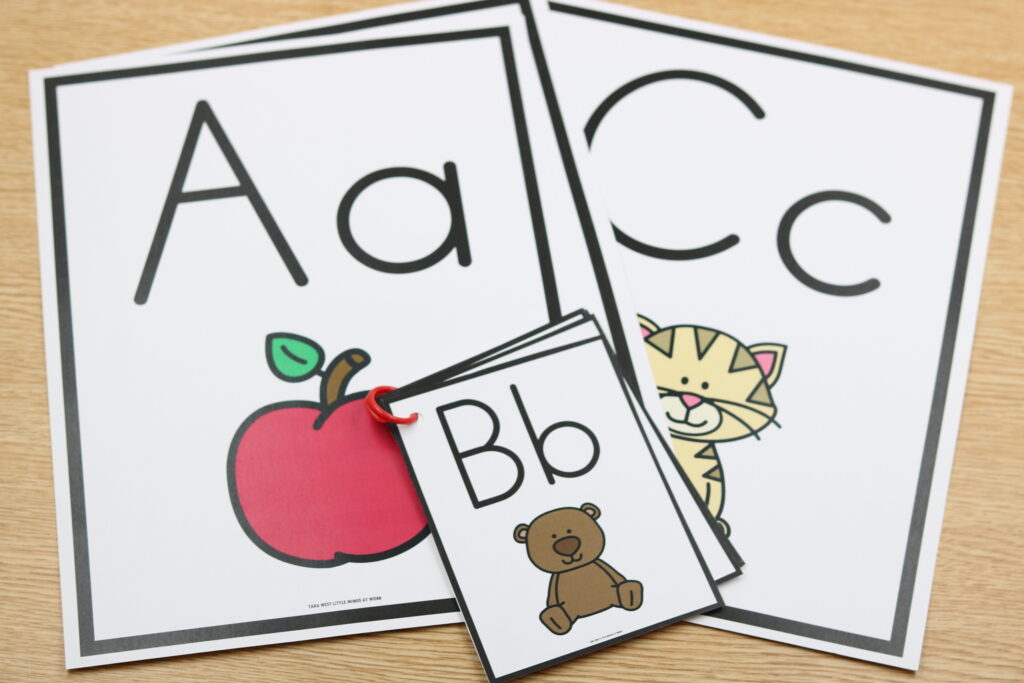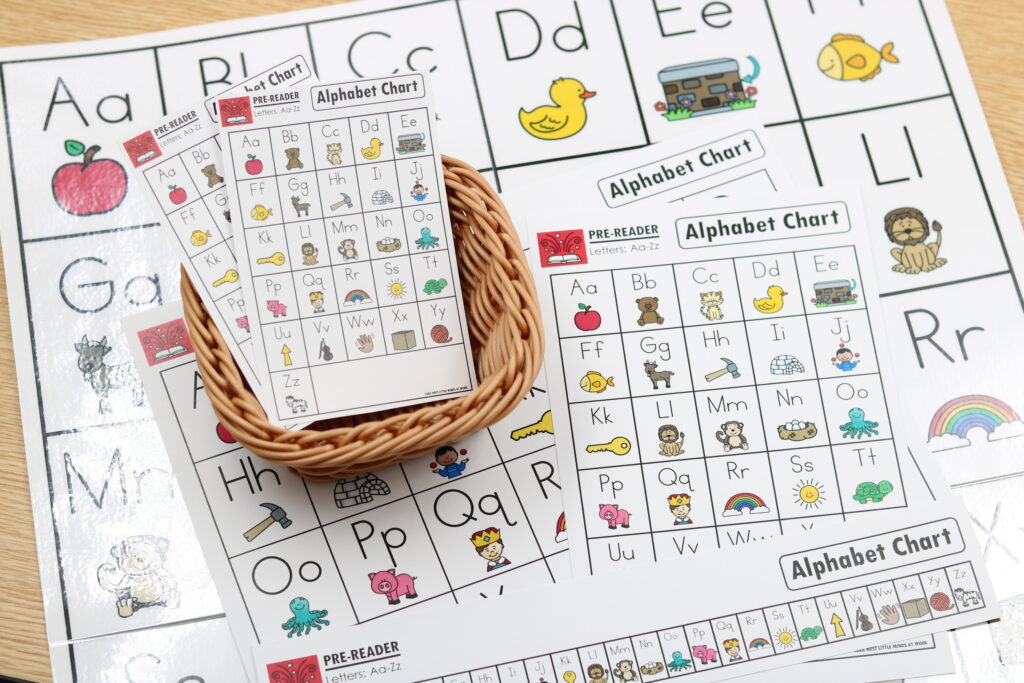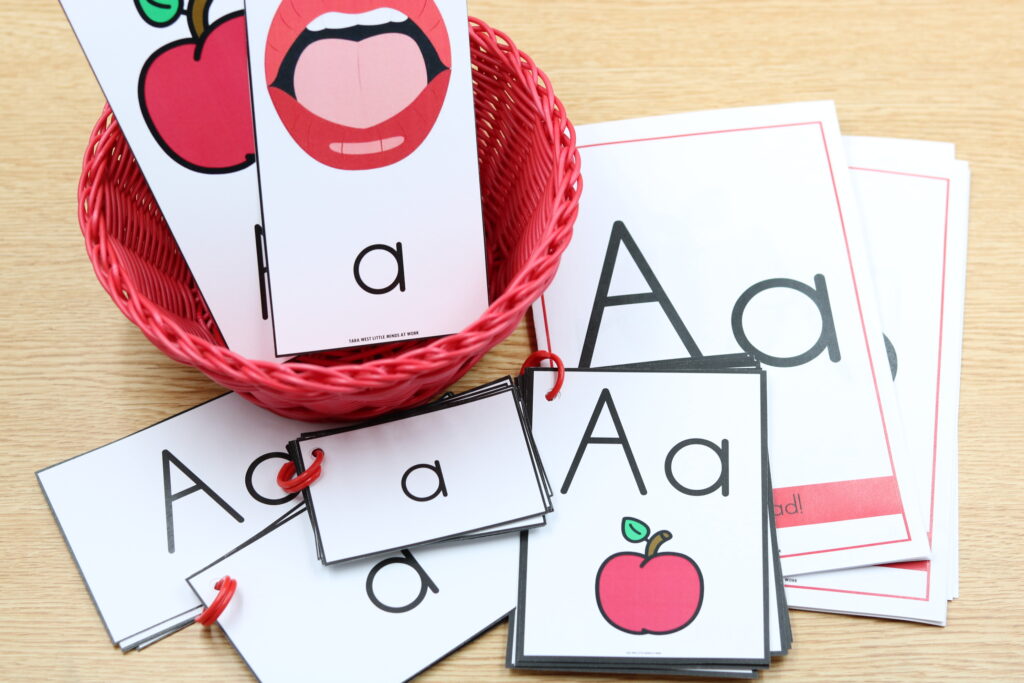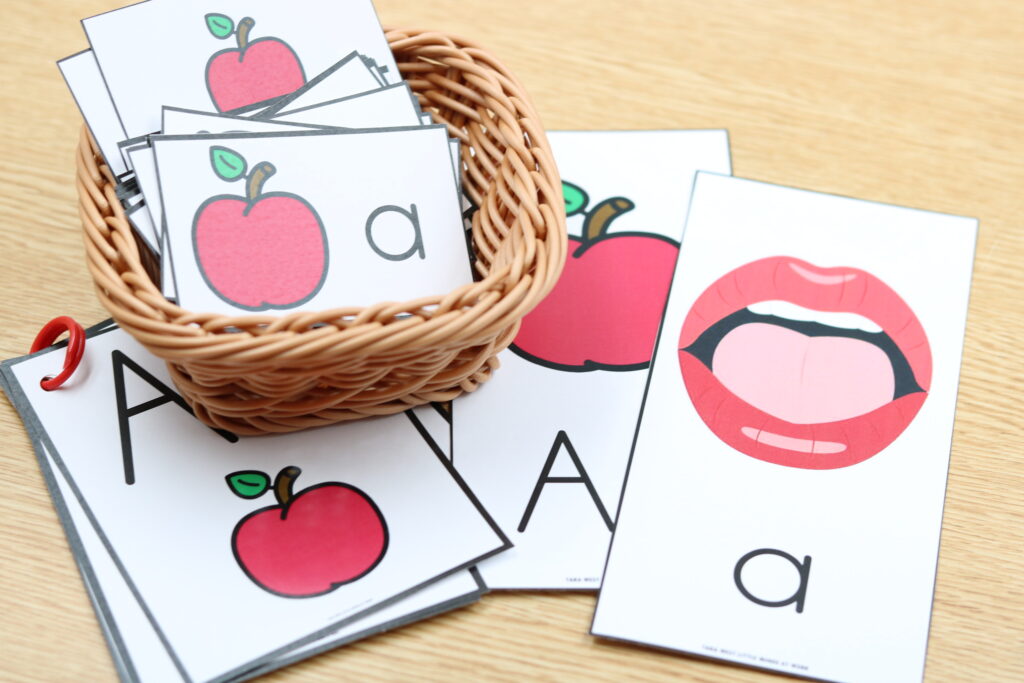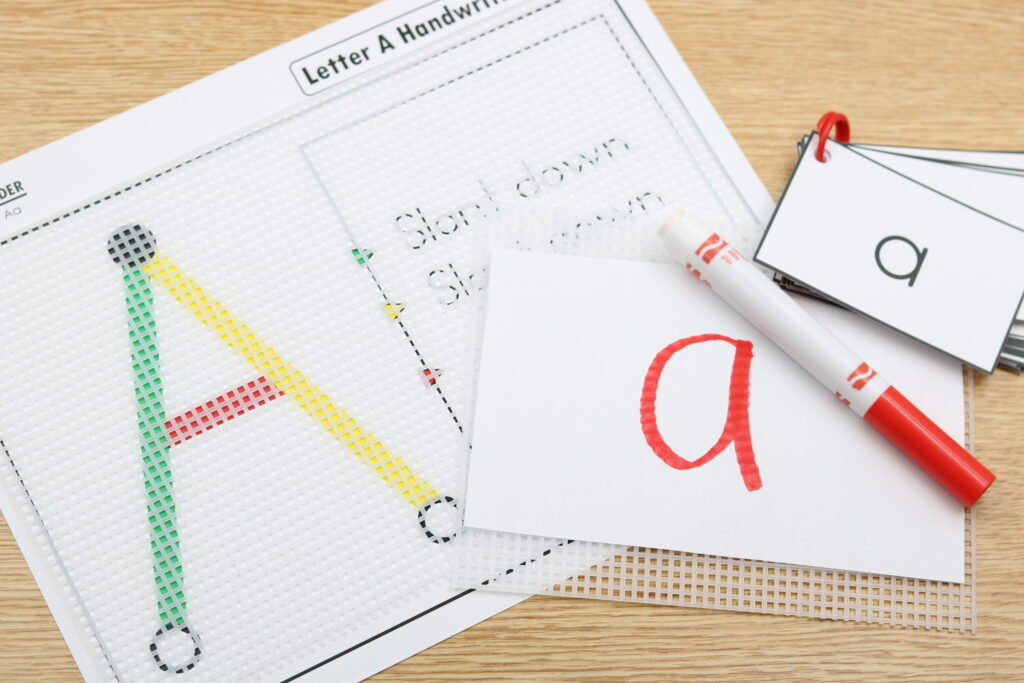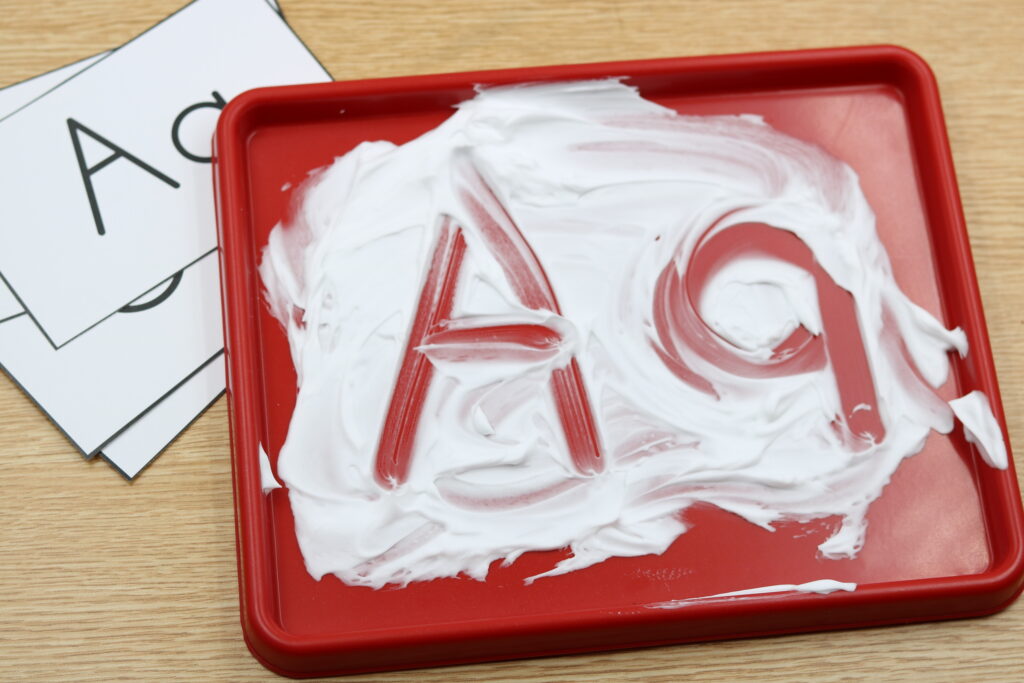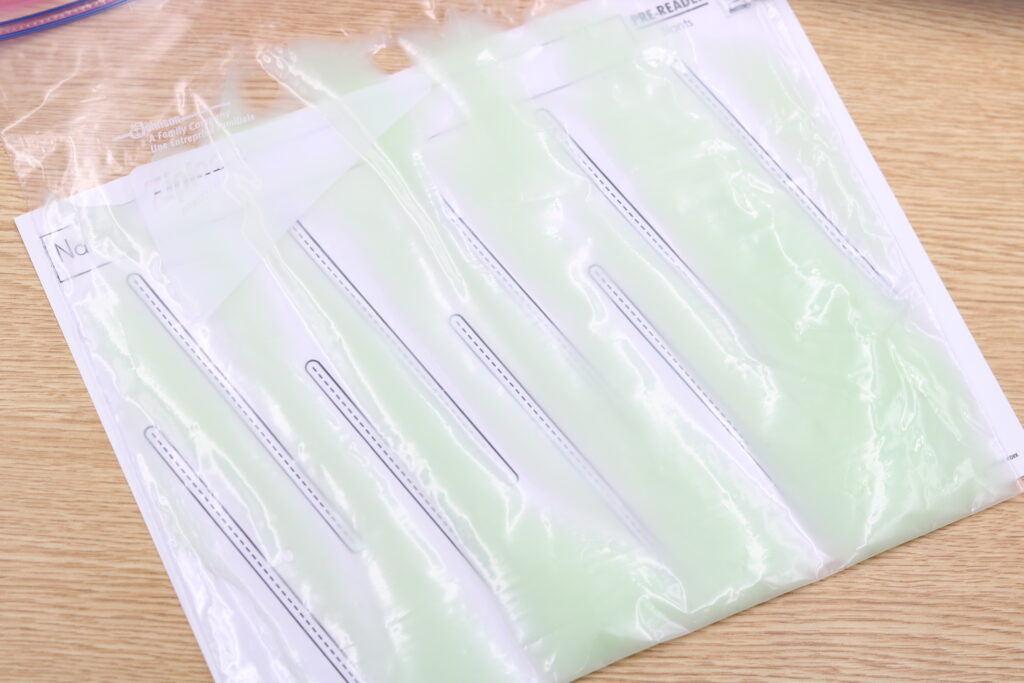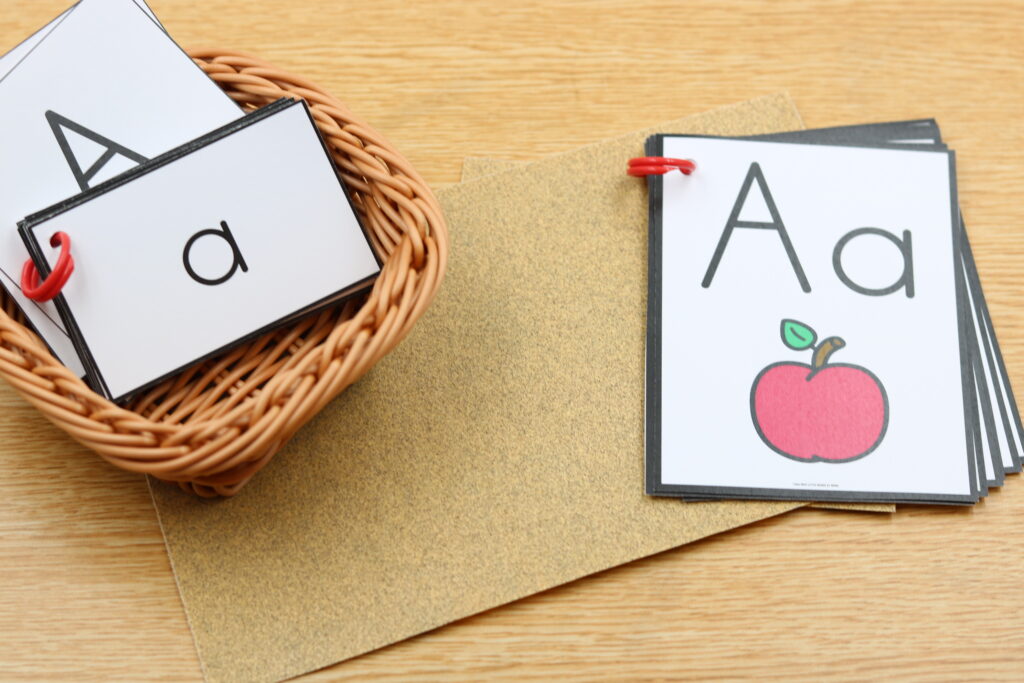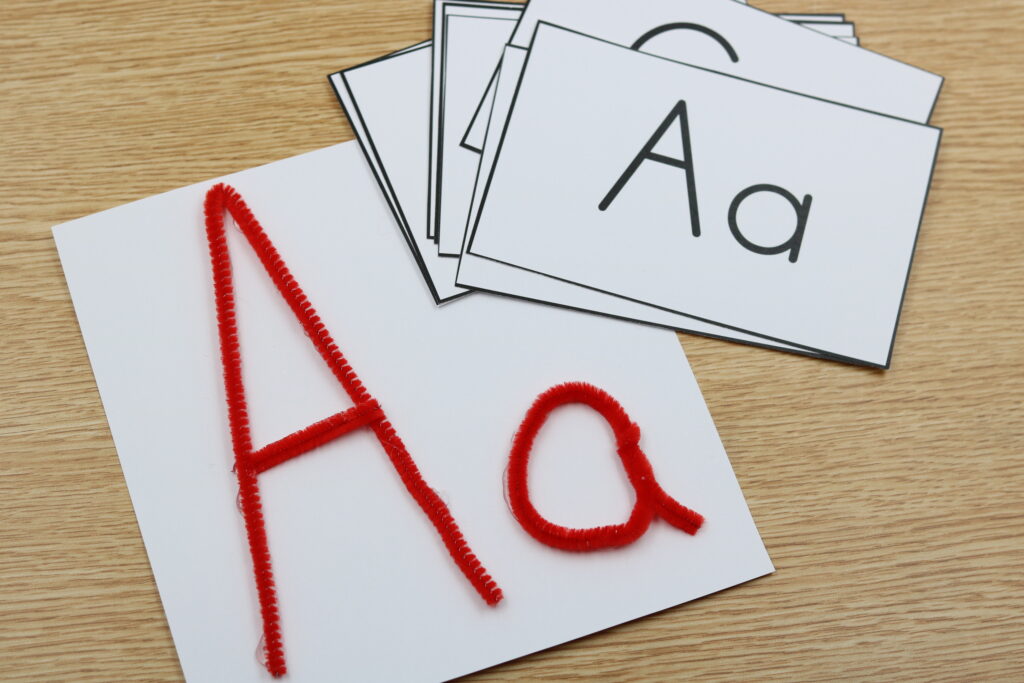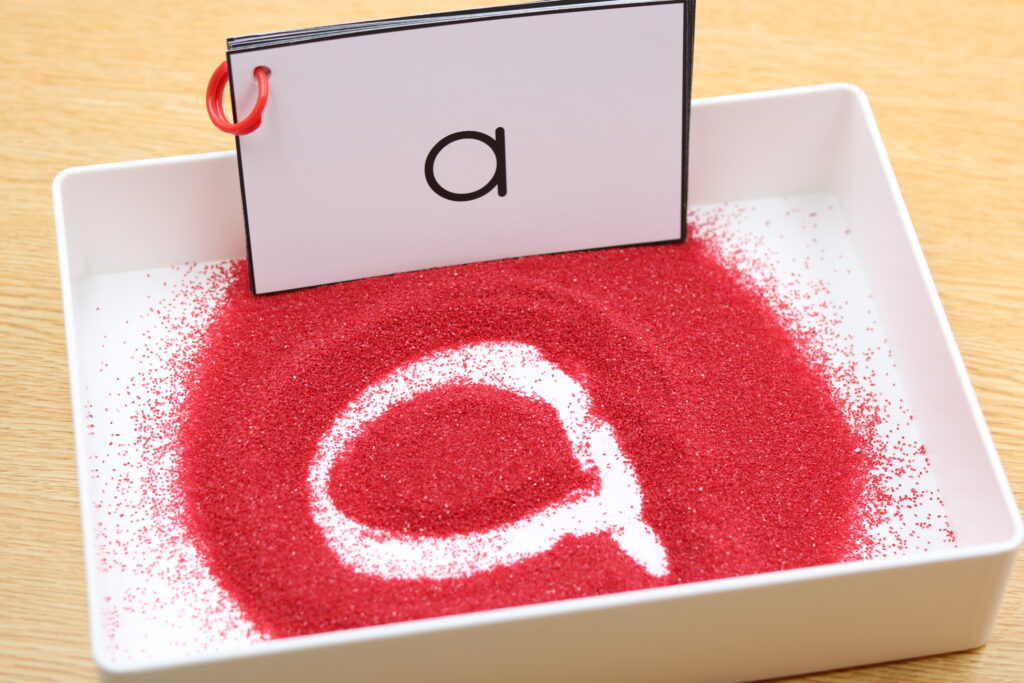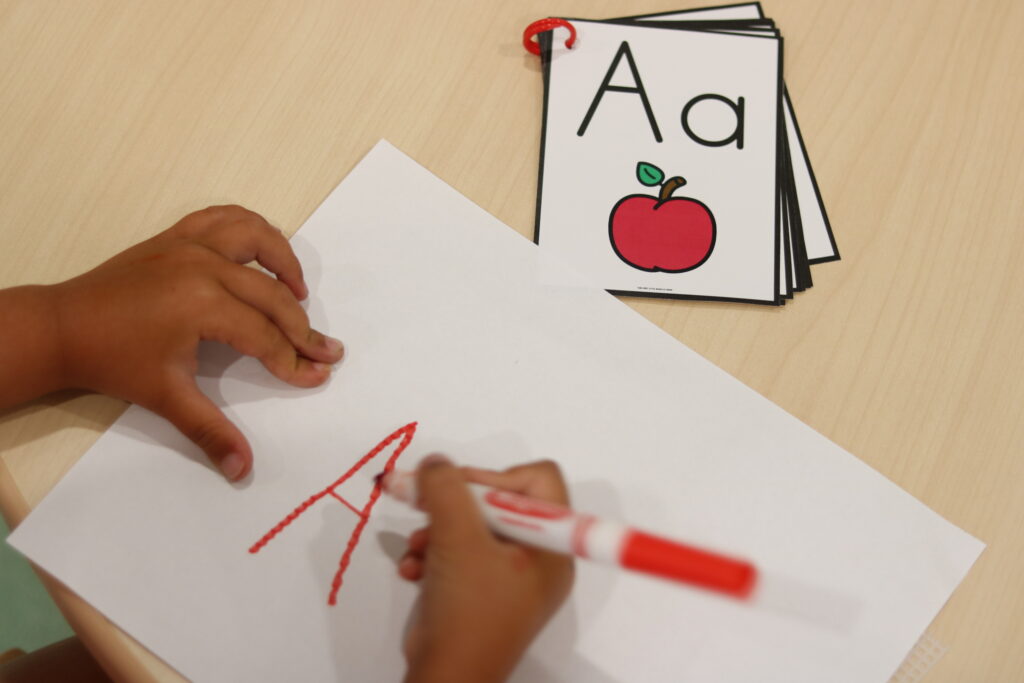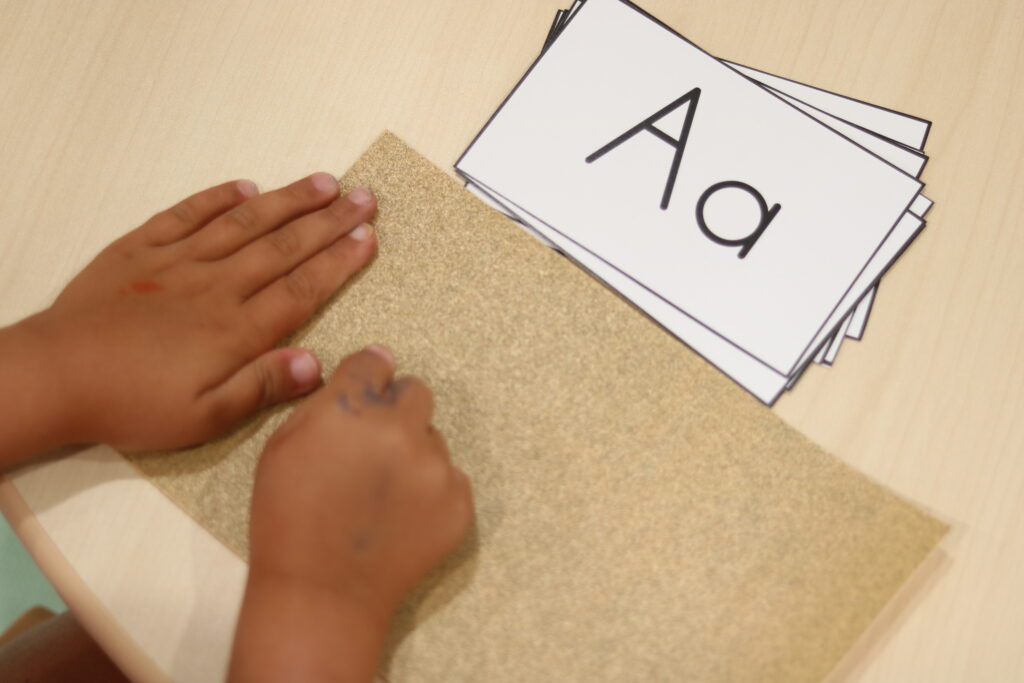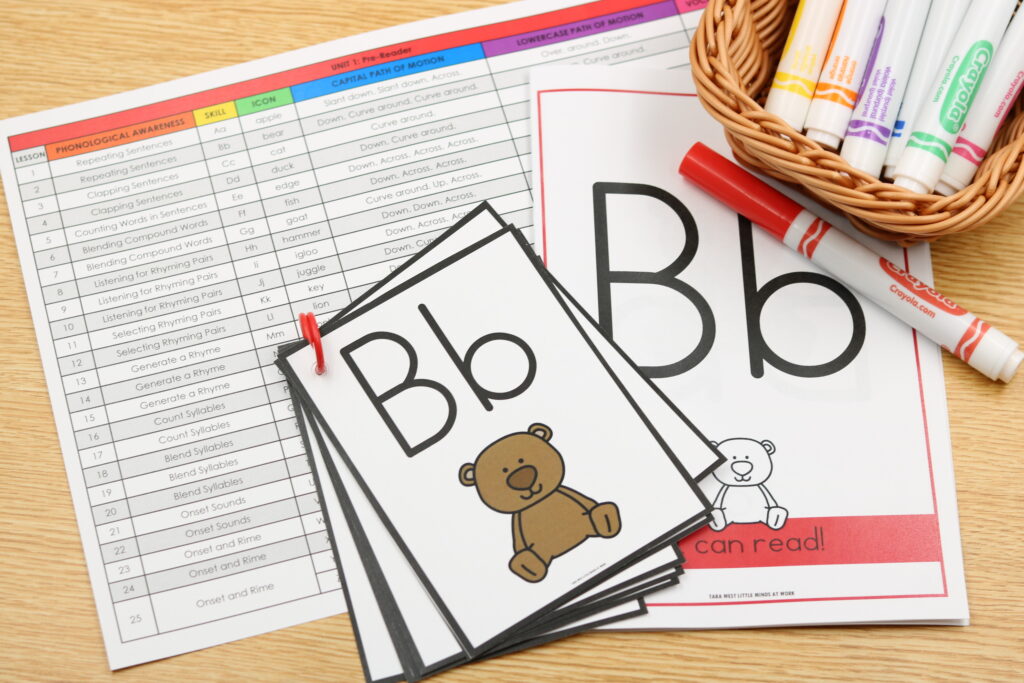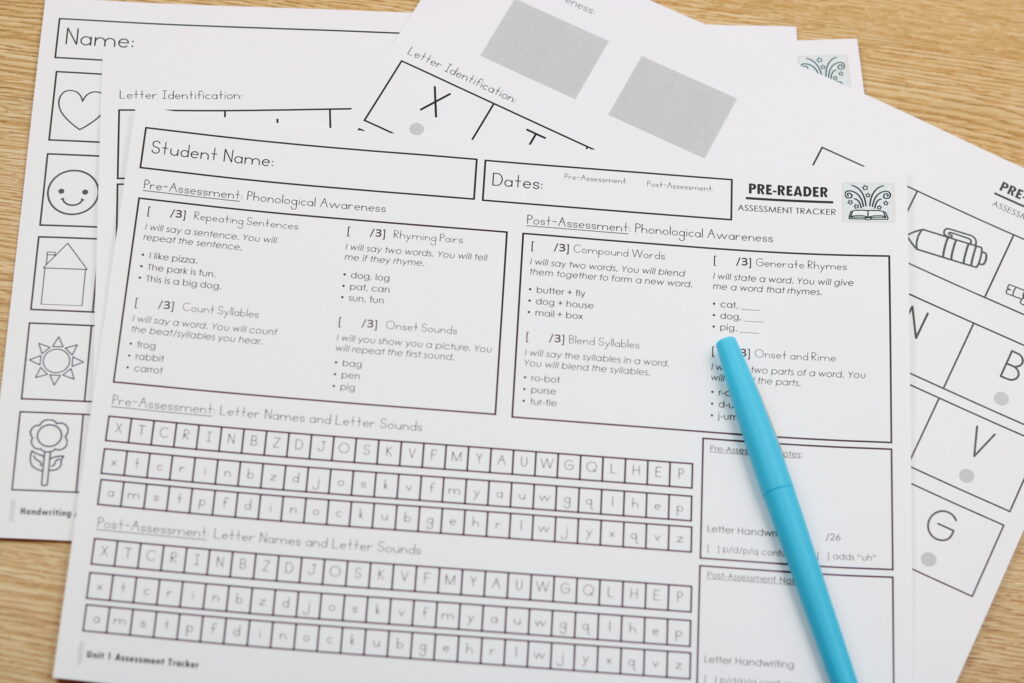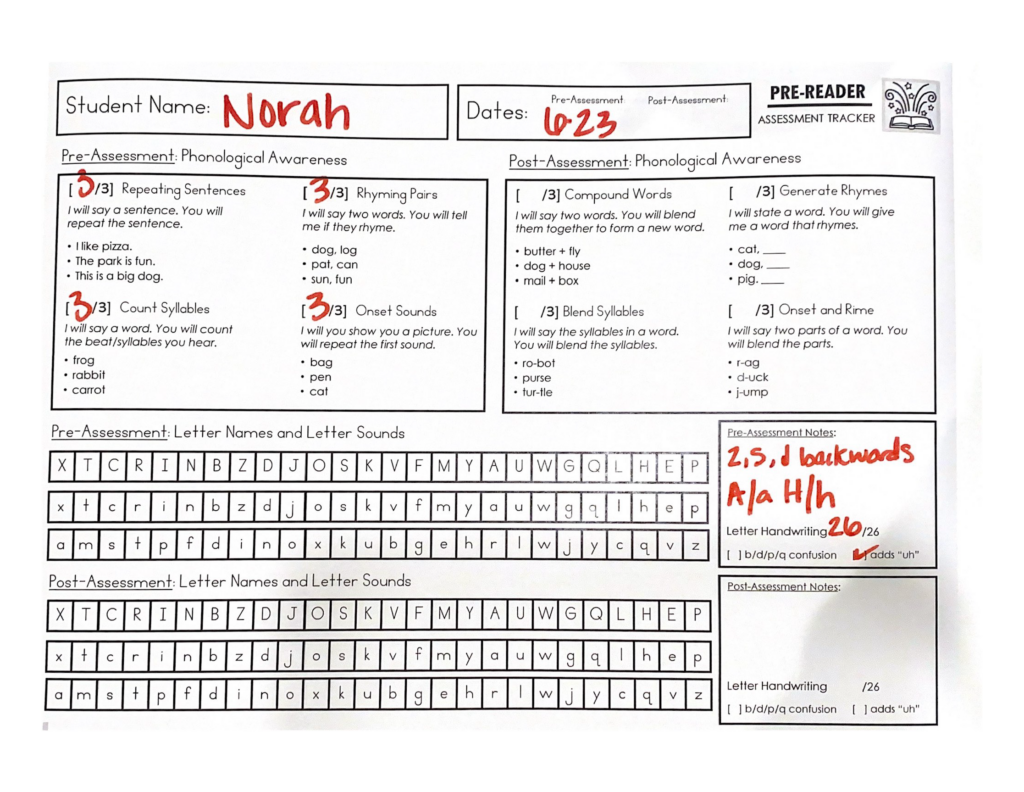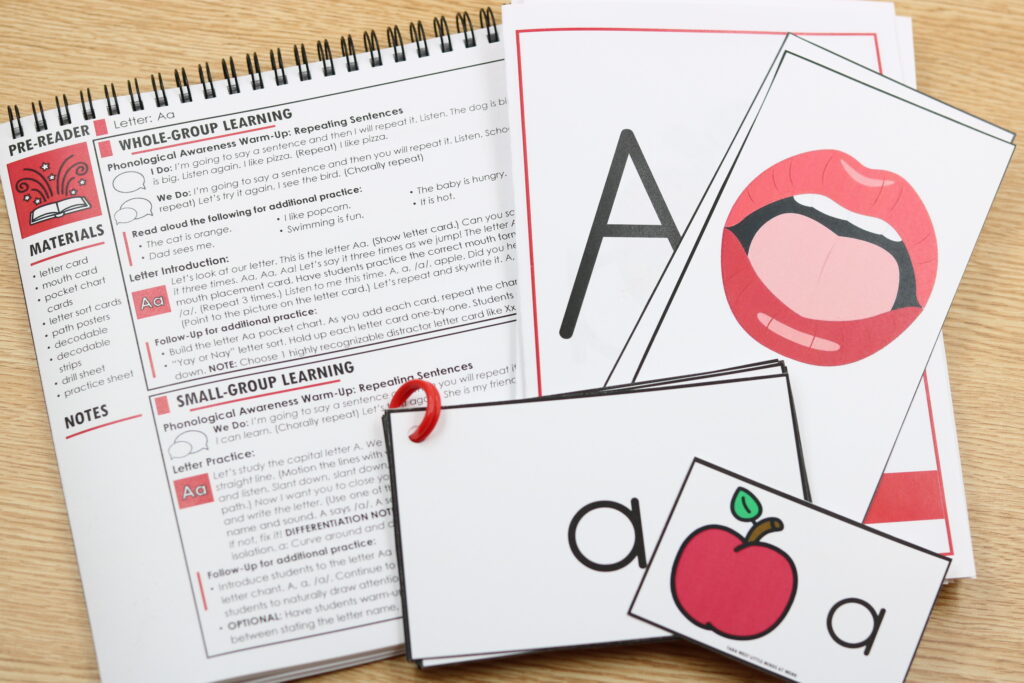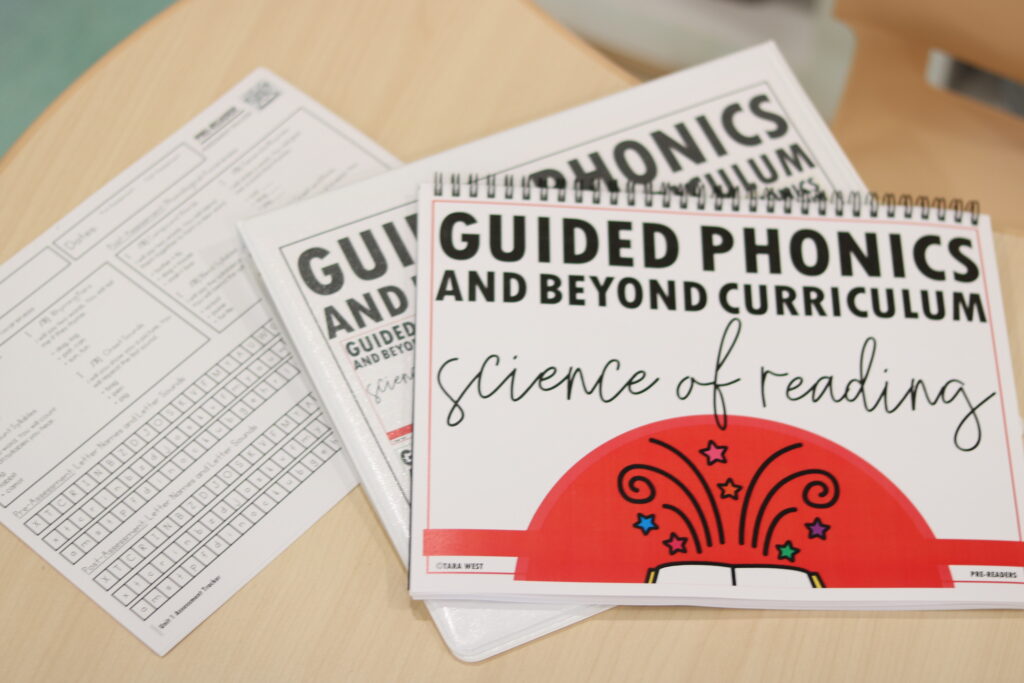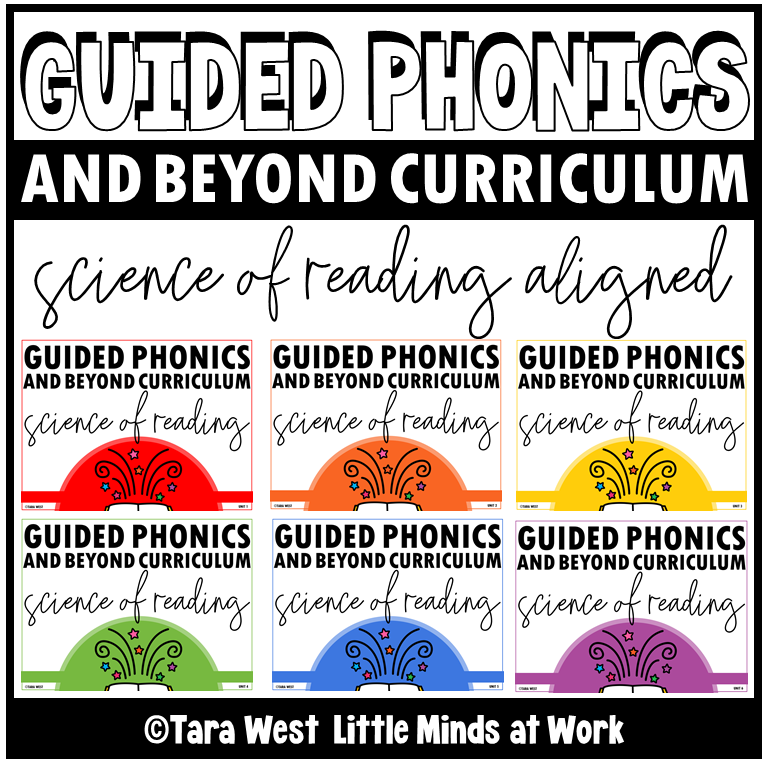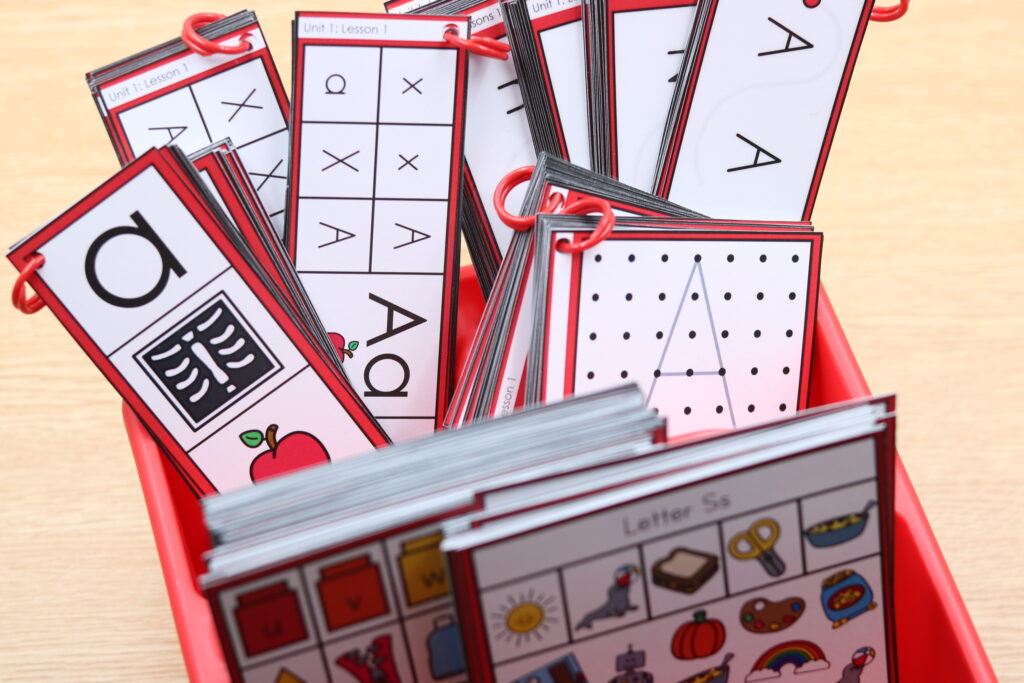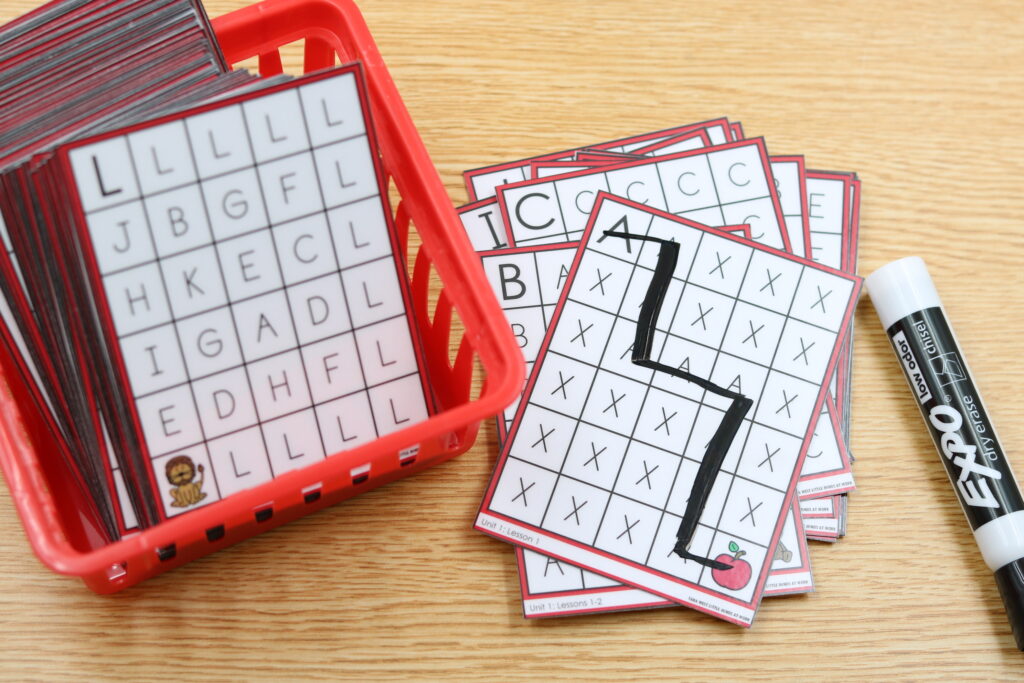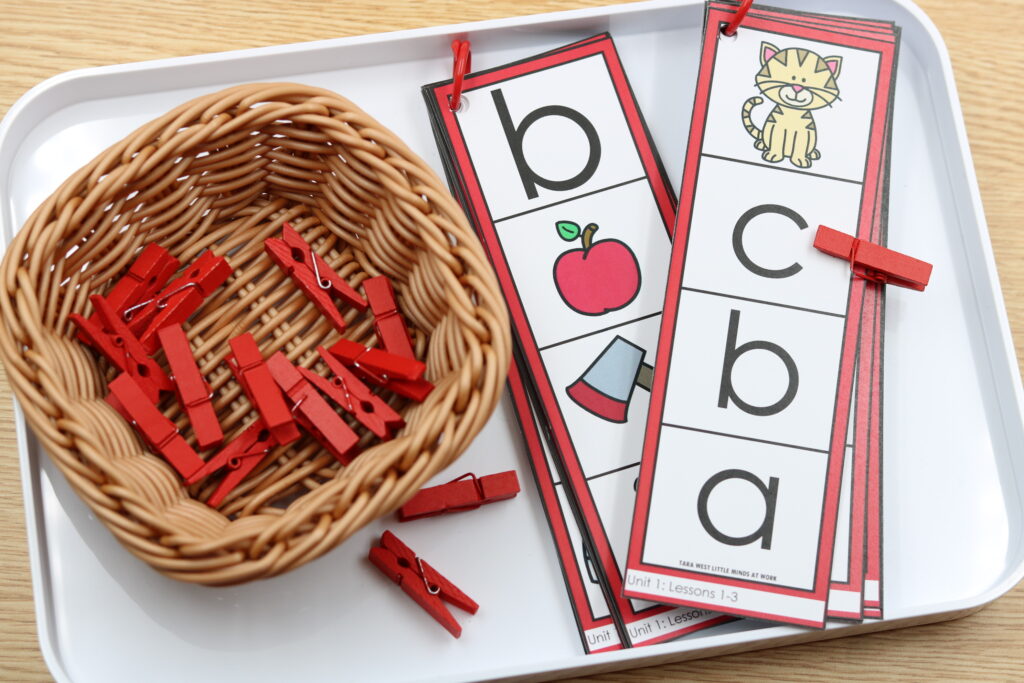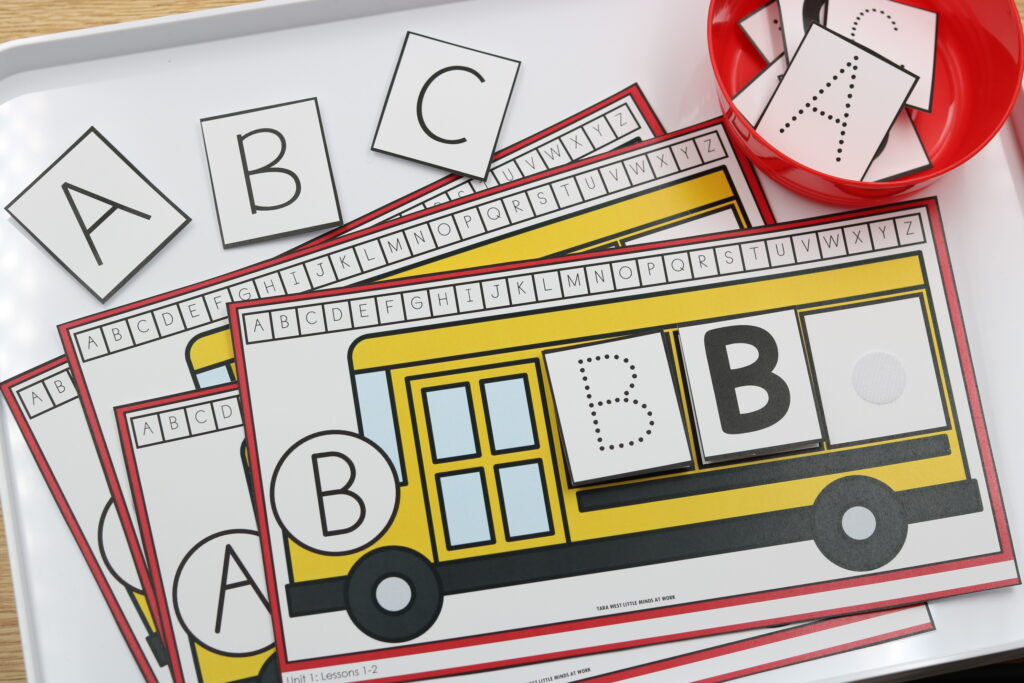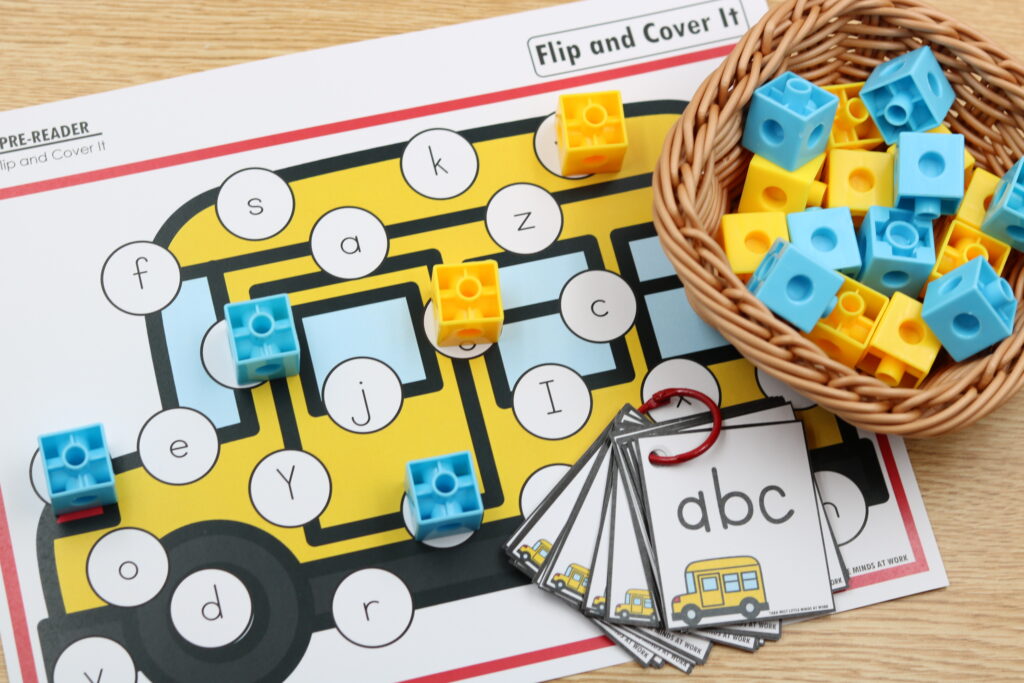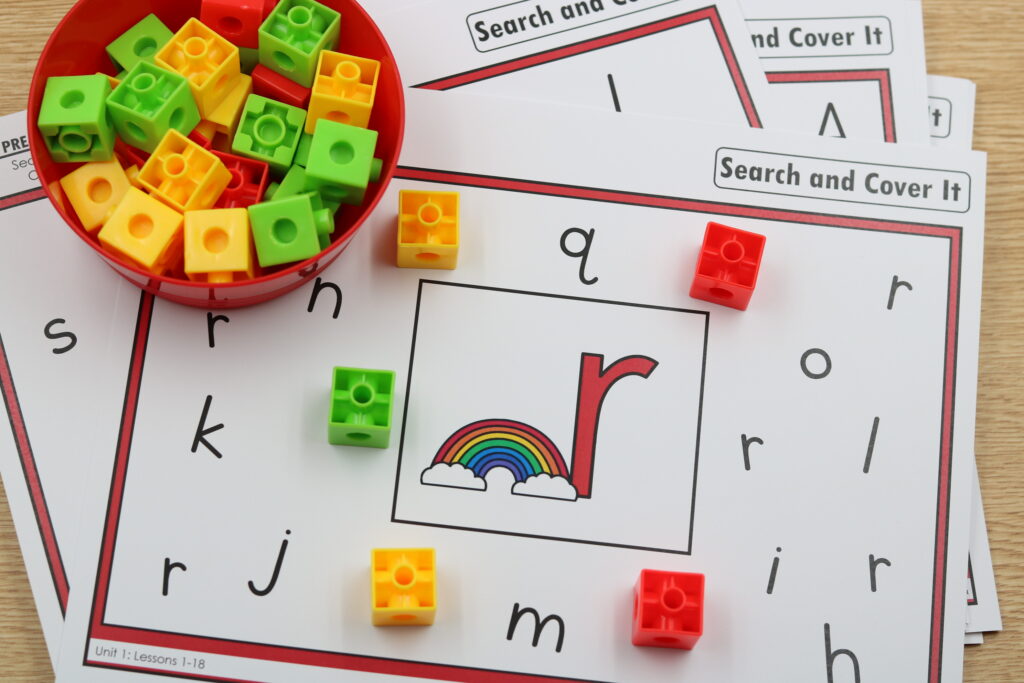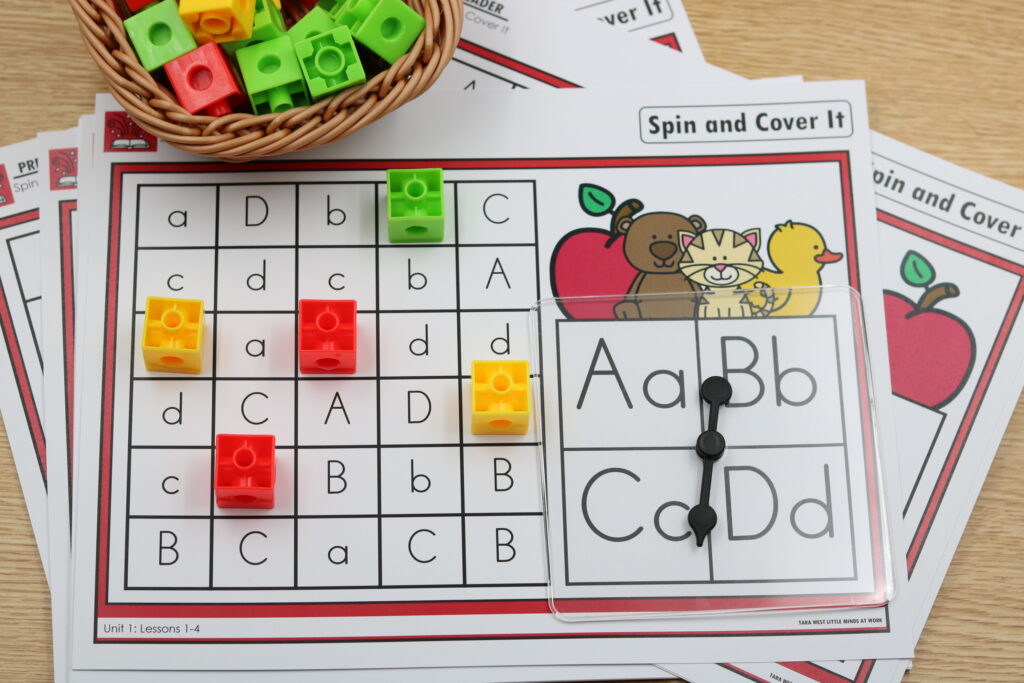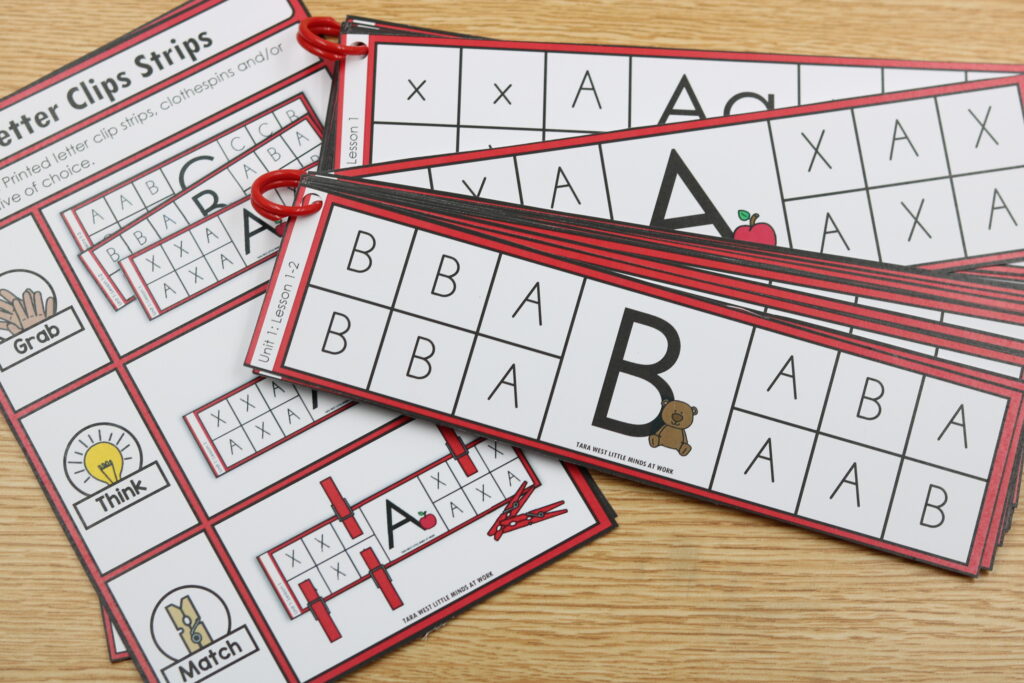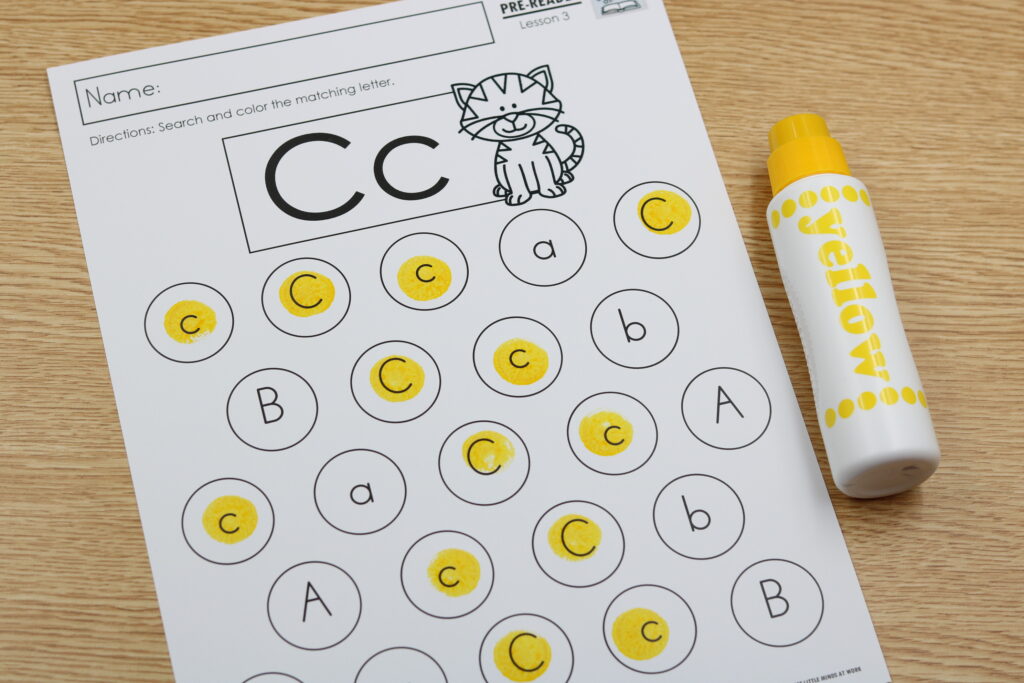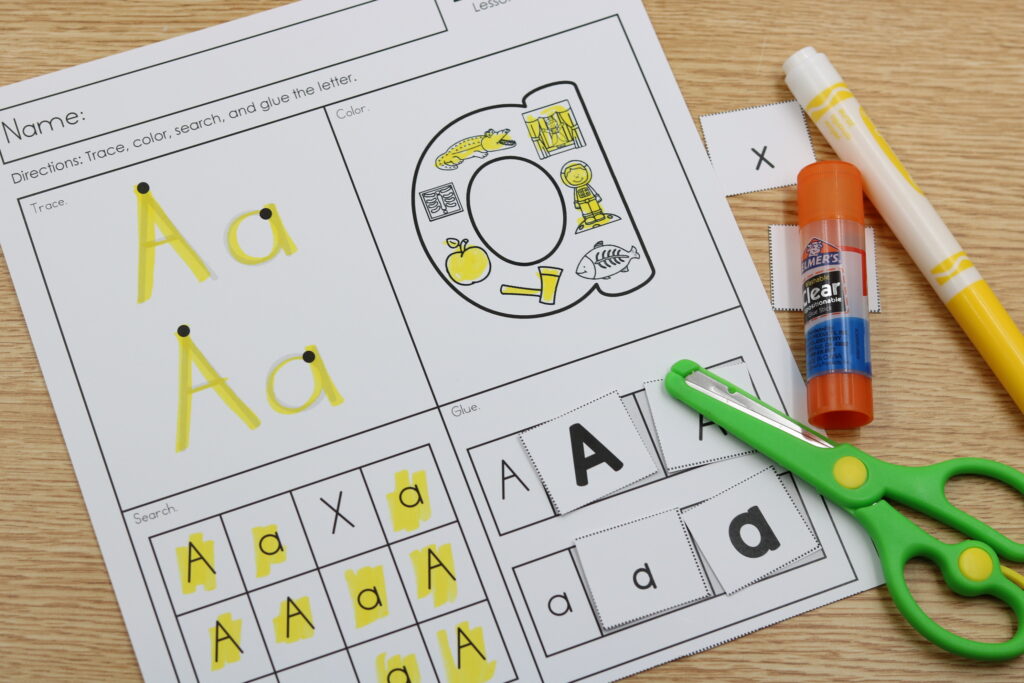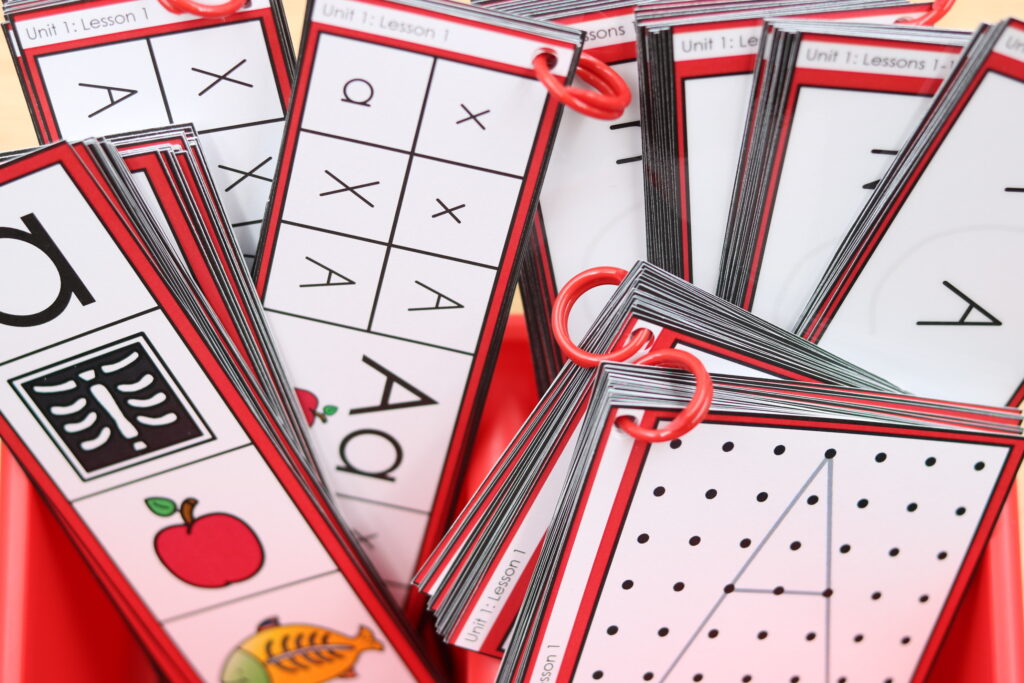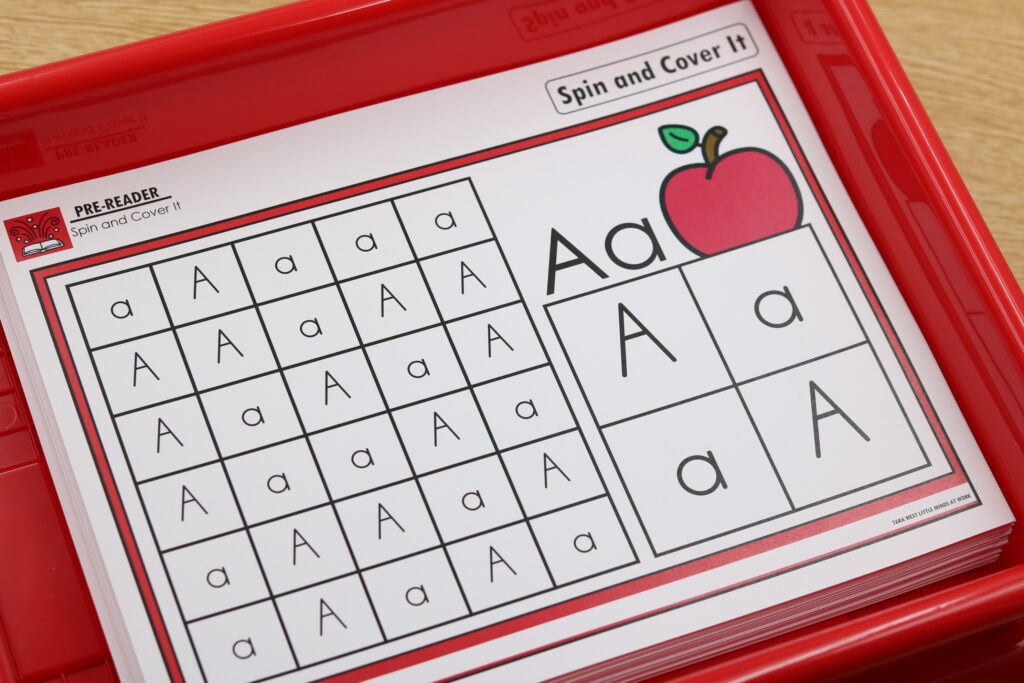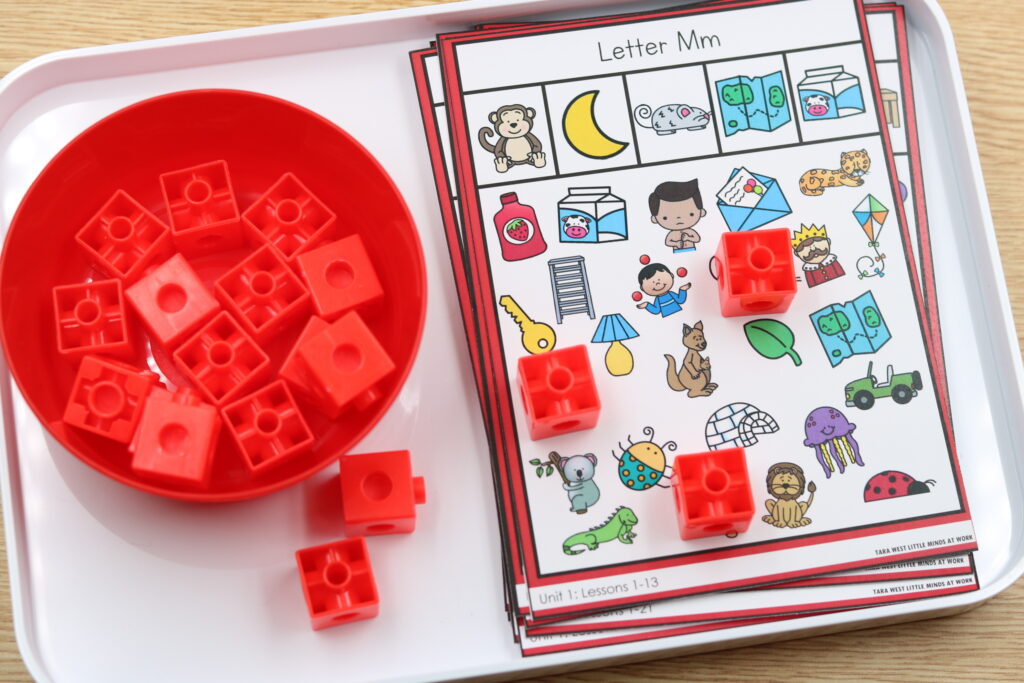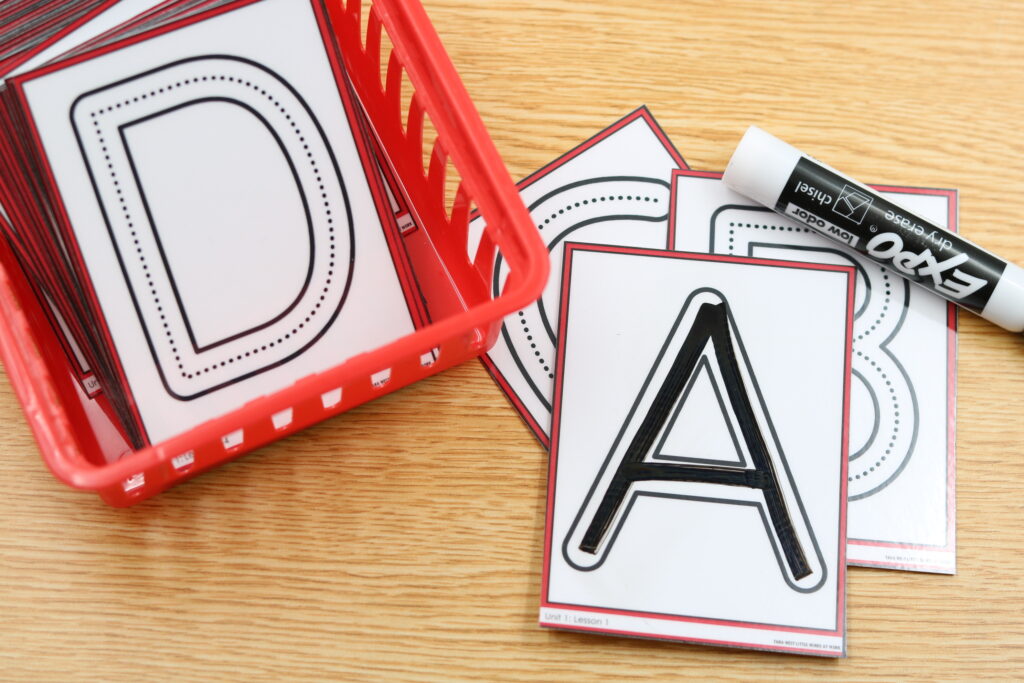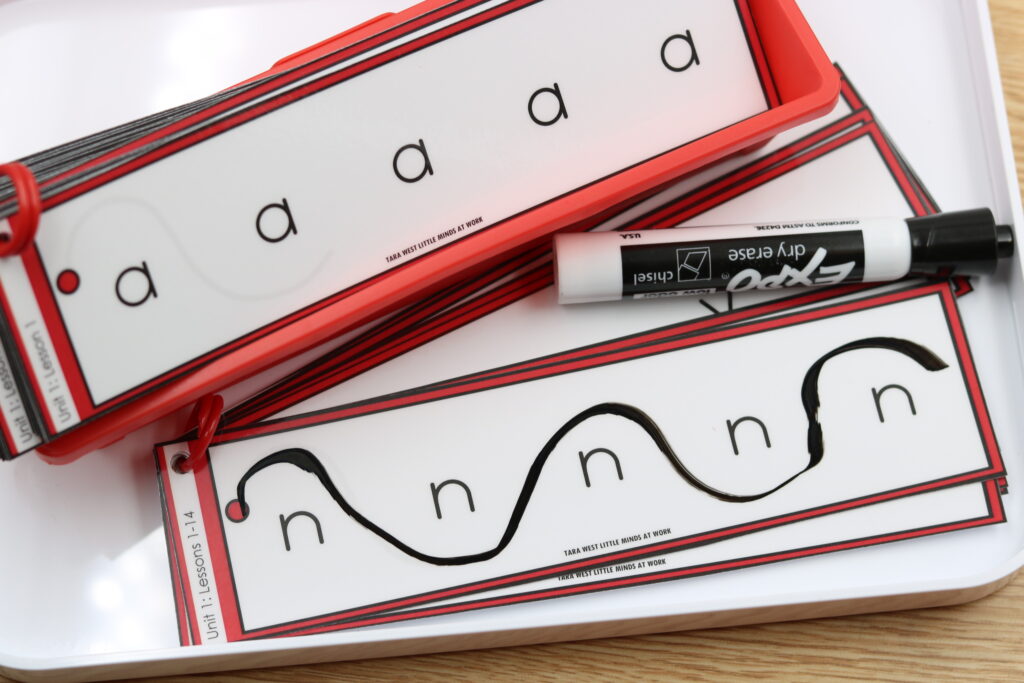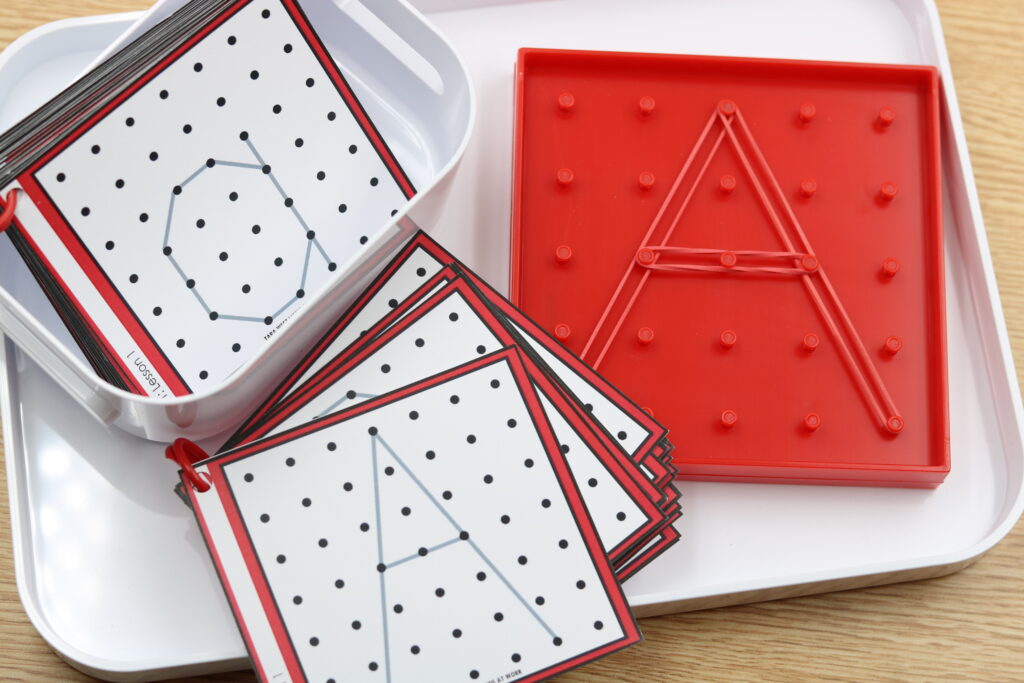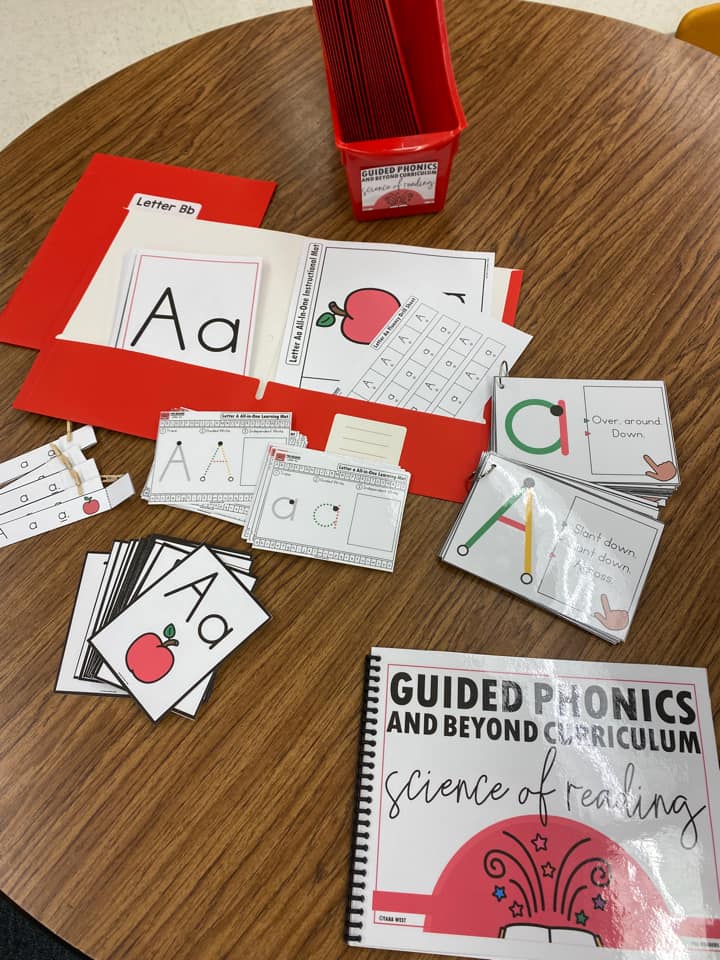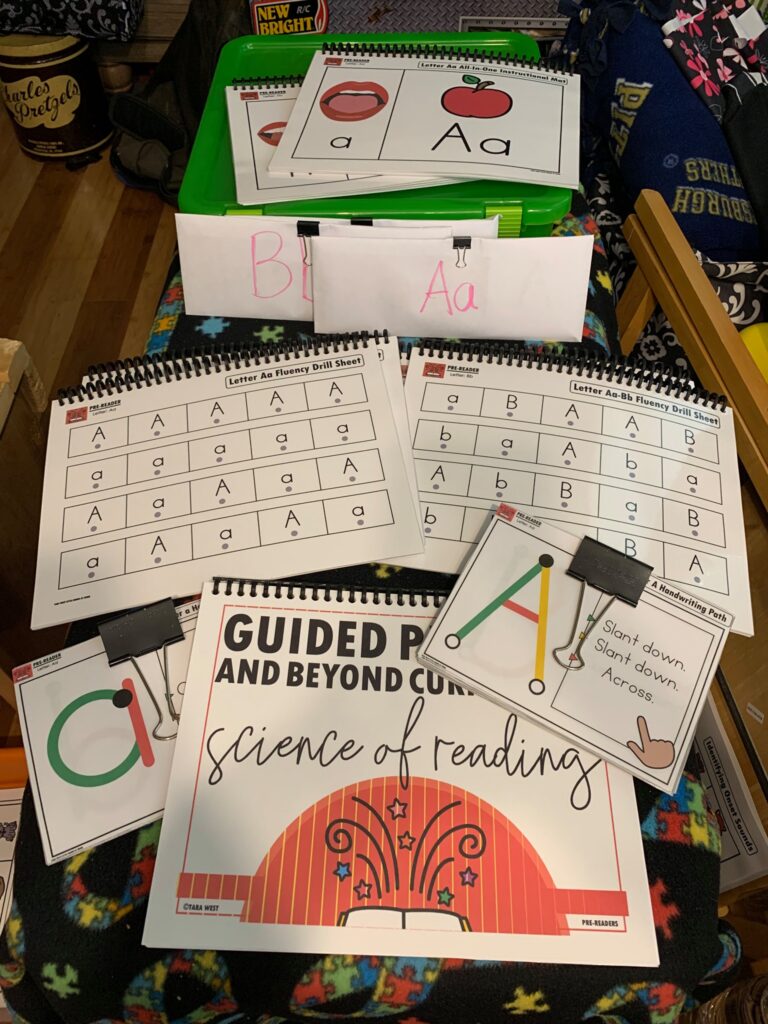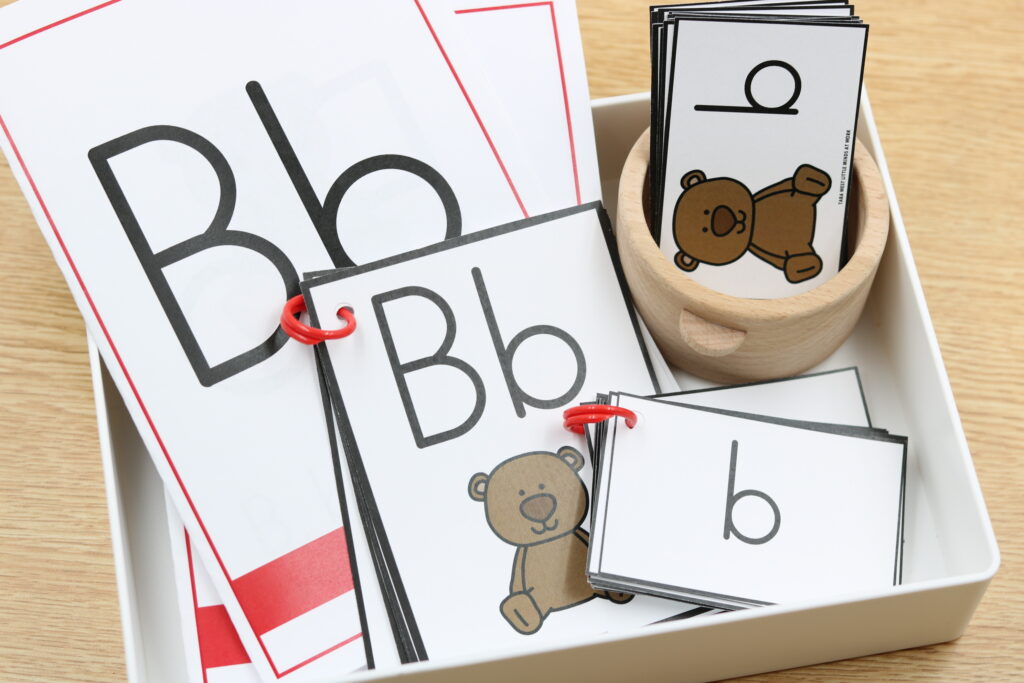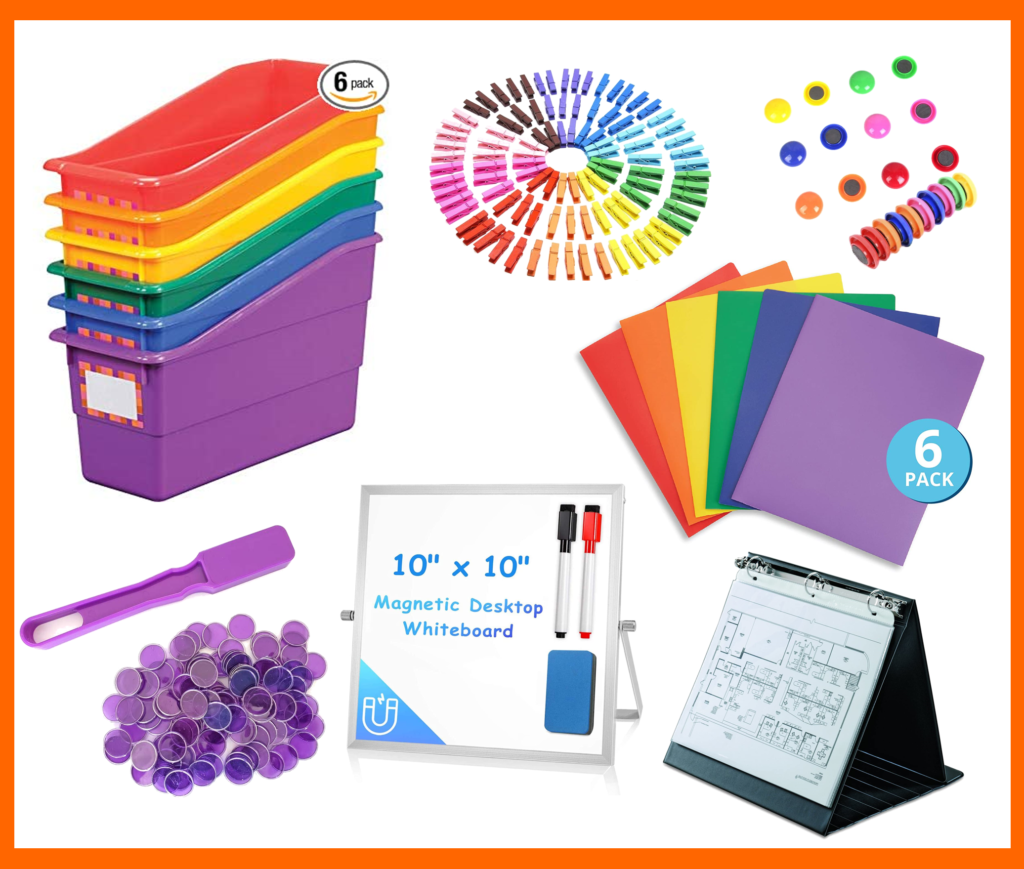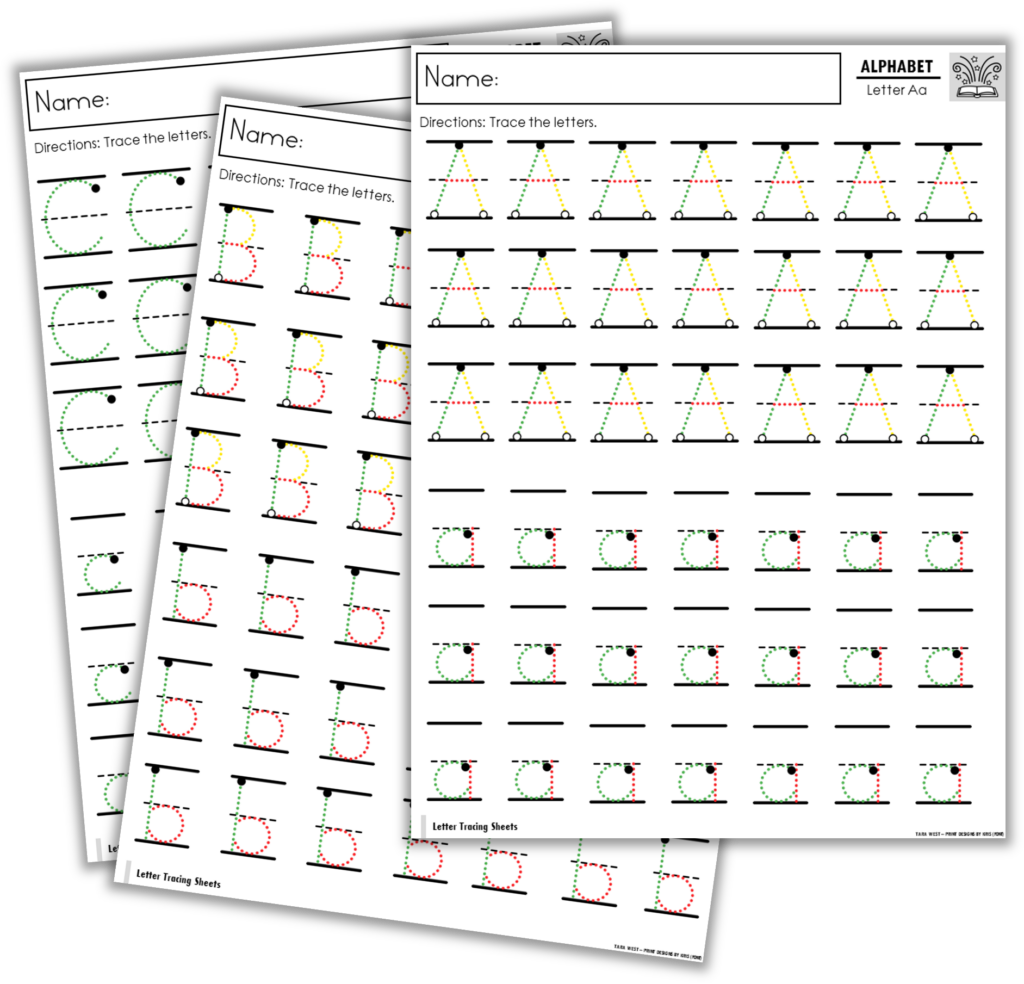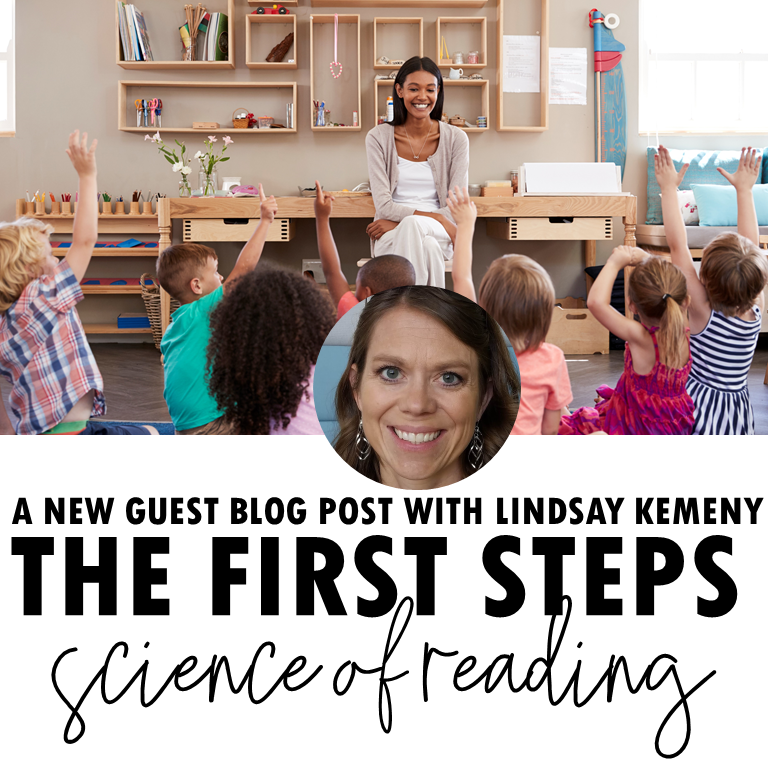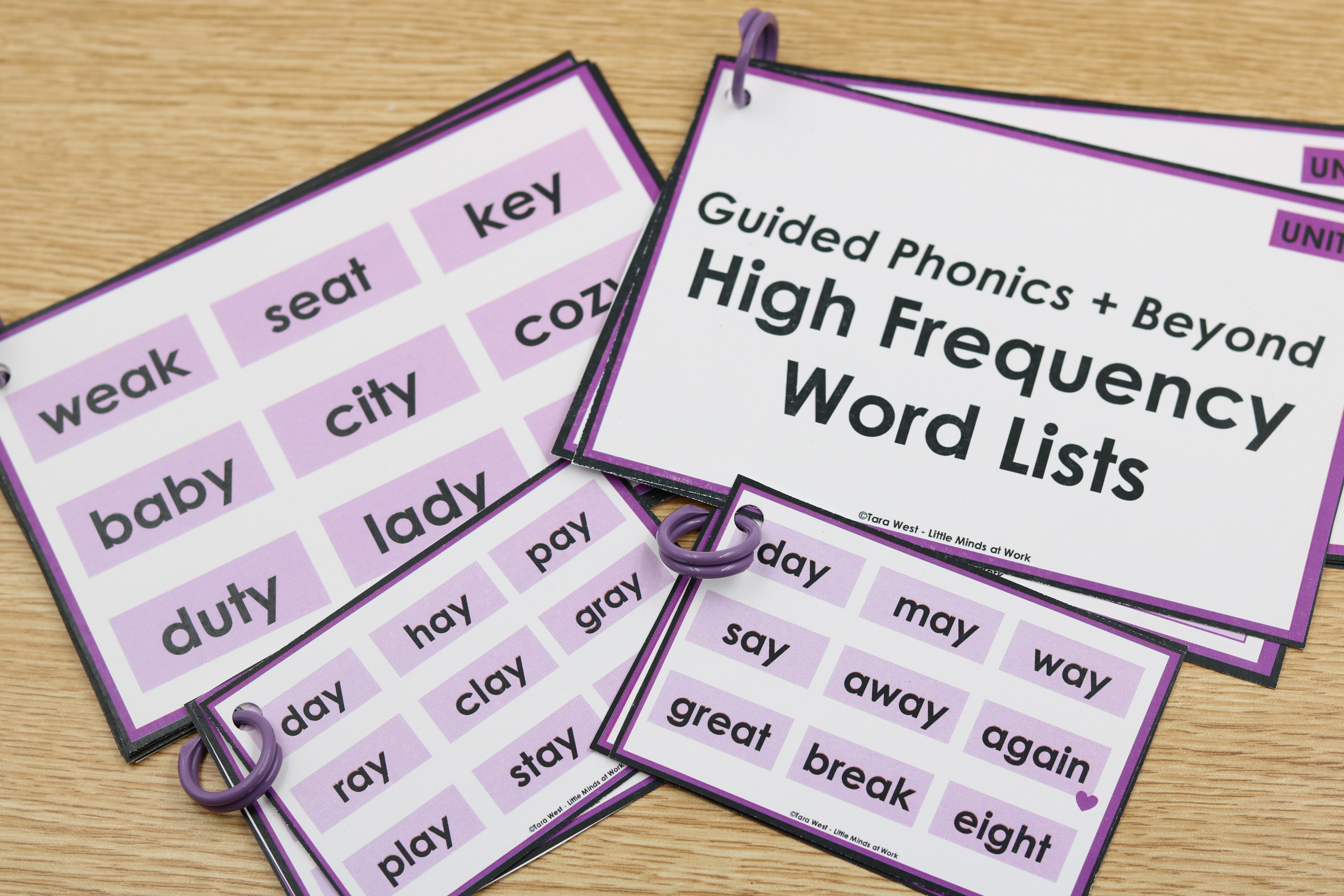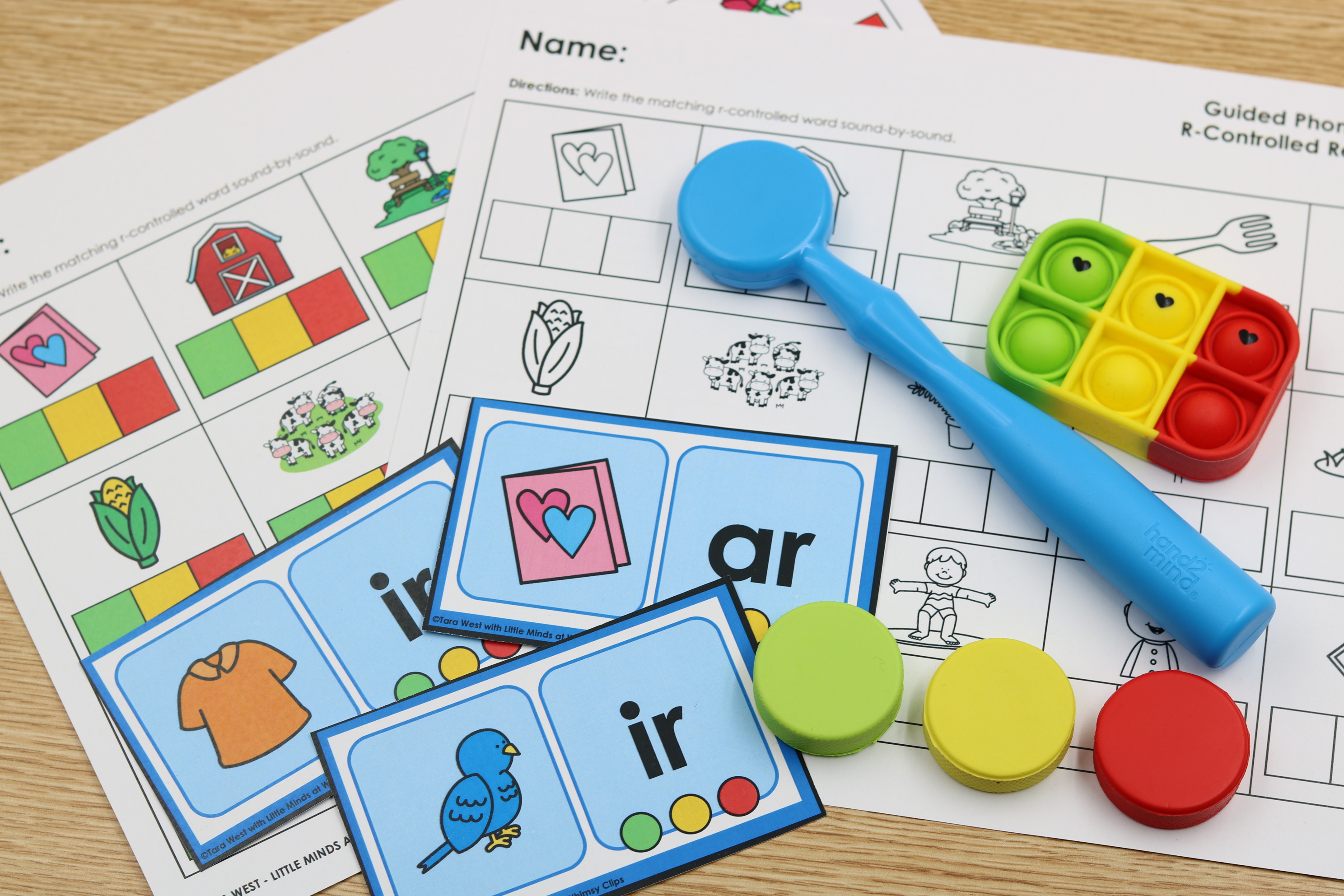Today we continue our discussion on all things Science of Reading! You can catch up with the prior posts HERE. In today’s post, we will discuss getting started with the Guided Phonics and Beyond Curriculum. The Guided Phonics + Beyond Curriculum is truly a comprehensive and all-inclusive program for covering your Science of Reading needs within the classroom! The program includes all needed material for teaching your whole-group phonics block and your small-groups as well. Deciding to switch to instruction that embeds the best practices for Science of Reading is not an easy task. What about all of the material you’ve used in the past? Will it still have a role in your instruction going forward?
Table of Contents
I set out to make this a much EASIER mission for teachers. Unfortunately, I wouldn’t be able to completely wash out every task when it comes to implementing a Science of Reading approach, but I could lessen the burden. I reached out to my fabulous Facebook community and created what I call a “Think Tank” group. This is a group of 25 teachers. These teachers range in location, grade levels, and have varying training including LTRS and OG. These teachers have been your VOICE. The program I share below wouldn’t be the same it is today if it wasn’t for these amazing teachers. Why aren’t teachers asked for their opinion more when it comes to curriculum? After all, YOU are the ones implementing it and YOU are the ones seeing the results (or lack of) each and every day!
Science of Reading Centered Guided Phonics + Beyond: An Introduction
The Guided Phonics + Beyond program is so much more than a phonics curriculum or even a small-group curriculum! This program has thought about all the best practices when it comes to a Science of Reading approach and carefully plugged them in. The program is SYSTEMATIC. A lot of people can get the word systematic swapped with boring. Sure, it might be boring to someone if they repeat the same routine each day. However, some can also say school is “boring” but it’s still good for us, right ; )
The Guided Phonics + Beyond Program was written with special detail to every lesson and each included component. This program was designed to include the best practices for a Science of Reading approach.
The Guided Phonics + Beyond Program is designed to include all needed material to lead your whole-group phonics block and your small-group learning block. Each lesson plan has designated components and routines for both whole-group learning and small-group learning. The program includes a scope and sequence. This scope and sequence can be applied to any time frame. You can teach a new lesson every day, a new lesson every two days, and so on. Adjust the units to fit your students at that moment in time. In Unit 1 of the program you can also adjust the letter introduction to fit your needs.
Anytime you read about a Science of Reading approach you will be sure to see the word SYSTEMATIC attached to it. What does a systematic approach mean when it comes to the Guided Phonics + Beyond program? This program is carefully designed to include the most effective routines that are precise and timely. You do not need to flash through sound cards for 5 minutes or build words for 25 minutes. With the program being explicit, you know exactly how to run each routine to maximize its impact.
By having a systematic program, you get the opportunity to become REALLY great at teaching the routines. Compare this to making thirty new recipes in one month or repeating the same recipe thirty times. You will be really great at that one recipe with so much practice. You’ll learn right away what works, what doesn’t work, and how to differentiate it as well. The Guided Phonics + Beyond program is just that – -systematic and explicit! The program includes your phonemic awareness, phonics, fluency, vocabulary, and reading comprehension.
The Guided Phonics + Beyond program consists of 6 units. This particular post will focus on one of those units- – Unit 1: The Alphabet. You can read about Unit 2: CVC Words HERE.
Guided Phonics + Beyond: Scope Introduction
In Unit 1: Alphabet of the Guided Phonics + Beyond program, students will progress through the alphabet in Aa-Zz order for the first 25 days of school. Students will also work on mouth placement for each letter, attach a sound icon to the letter, and exercise proper handwriting paths of motion for each letter. I get a lot of questions about using an Aa-Zz order for this unit. As noted above, you can swap the order of Unit 1 if mandated by your district.
However, I do have some personal thoughts on spending the first 25 days of school introducing the alphabet. Back in 2014 I released my phonics program called KinderPhonics. This program has been used around the country since fall 2014. Kinderphonics Unit 1 introduces letters Aa-Zz the first 25 days of school. Teachers have had immense success with this so it was the scope already at the top of my list. However, in my Science of Reading journey, I wanted to make sure that there wasn’t an alternate scope out there that was better.
I spent a lot of time researching this. I could not find where ONE scope was regarded higher than another. All had good points. You have those that believe letters should be taught in an order based on how the look, taught in an order where letters that are more common in reading/the world around us, or a letter order that assists with reading/building words. In my opinion I think it’s too big of a jump to go right into a letter order that is good for reading/building words. For those of us that have taught prek or kindergarten we know that these students can come in not even knowing what a line is let alone a letter… letter sound? No.
That is why I have always done the first 25 days to go through the alphabet in ABC order. I would never expect my students to read or write words in the first 25 days so I do not think they need to be taught in an order that aides that. Sometimes even writing their letters with a pencil can be developmentally inappropriate for some depending on their motor development. Those 25 days also give you a time to build a strong foundation in phonological awareness. Sing the abc song, build an abc strip day-by-day to increase student buy-in, learn the letters in a fun and inviting way. Then, day 26 go back through again in an order that lends itself to reading words, building words, and writing words! You can get down to more of an academic focus here because you provided them with a base!
A couple other notes. I was introduced to the brain work by Virginia Berninger. She has done several research studies and she states an alphabetical approach with specific systematic routines is best. She states it is key for helping with automaticity. My side note. The students see and hear the alphabet in abc order. Think abc chart or abc song. I know even for myself I will sometimes go back through in my head how the alphabet looks or sounds to grab the letter I need. Kids do this as well.)
I also think about how we teach numbers. I’ve never seen a teacher that goes 1, 7, 9 since they all have straight lines. It just doesn’t make sense. So, we teach numbers in order to help with automaticity. That is just my personal opinion but hers is backed with research. Another group member also noted that she recently heard that going in abc order at first helps to give students “velcro” for future learning.
Above you can note the scope and sequence for Unit 1. Below we will dig into the included components for Unit 1 of the Guided Phonics + Beyond Curriculum.
Guided Phonics + Beyond: Unit 1 Overview
Let’s take a look at an overview of the included components for Unit 1: The Alphabet.
detailed scope and sequence (editable)
25 lesson plans (editable)
26 sound cards
26 mouth articulation cards
26 instructional mats
26 sound pocket chart activities
26 “Yay or Nay” pocket chart activities
26 printables
52 letter path of motion posters
52 letter path of motion student mats
26 decodable readers
26 decodable fluency strips
26 decodable reader sheets
26 letter fluency mats
vocabulary printables
handwriting mats
alphabet charts
alphabet strips
alphabet flashcards
assessments and assessment trackers
writing strokes printable sheets
curriculum binder covers and spines
curriculum labels
multisensory connection
oral phonological awareness routines
lessons built-in teacher notes
Below is a visual overview of the Guided Phonics and Beyond Unit 1 set up in a classroom.
Alphabet Poster
All-in-One Instructional mat
Handwriting paths of motion posters
Letter review cards
Yay or Nay pocket chart letter sorts
Pocket chart sound picture sorts
Decodable reader
Fluency strips
Lesson Plans
Assessment
View an “in-action” video of the overview HERE.
Guided Phonics + Beyond: Unit 1 Components 1-10
Let’s discuss all the components that are part of Guided Phonics + Beyond Unit 1. This program really intends to give you all necessary material. There are a few minor supplies that you will need to add in. The following would be items you would need to have on hand to complete the lessons:
dry erase markers -STUDENT AND TEACHER USE
dry erase surface (laminated unit mats or unit mats placed inside dry-erase pouches) -STUDENT USE
sorting surface (pocket chart, chair rail, card holder) -TEACHER USE
visual writing surface (interactive whiteboard, chart paper, whiteboard) -TEACHER USE
Yes, that’s it! The remaining material will all be included within your unit. Let’s take a look at the included components within Guided Phonics + Beyond Unit 1.
COMPONENT 1: Phonological Awareness
Each lesson contains built-in phonological awareness oral routines. The routines are set up as an I do, we do, you do. They are found in the whole-group and small-group learning.
COMPONENT 2: Sound Icon Cards
Each lesson contains a corresponding sound card. The sound card contains the sound icon and the matching letters. Varying styles and sizes are included.
COMPONENT 3: Mouth Placement Card
Each lesson contains a mouth articulation card. When students are introduced to a new sound, they will learn the proper formation for their mouths.
COMPONENT 4: Instructional Mat
Each lesson contains an instructional mat. The instructional mat offers a large display and all-in-one mat for both the mouth articulation and sound cards.
COMPONENT 5: Pocket Chart Sort
Each lesson contains a beginning sound pocket chart sort. Students will sort the beginning sound picture cards for only sounds that they have been previously covered.
COMPONENT 6: “Yay or Nay” Sort
Each lesson contains a “Yay or Nay” sort. Students will sort the letters that match the day’s focus. Students will sort only letters that they have been previously taught.
COMPONENT 7: Printable Practice
Each lesson contains a printable practice sheet. Students will trace the letters. Students will then use the alphabet drills to practice fluency in letter naming and sounds.
COMPONENT 8: Handwriting Path Posters
Each lesson contains capital and lowercase path of motion posters. These posters use a color-coded approach for proper letter formation.
COMPONENT 9: Letter Writing Mats
Each lesson contains capital and lowercase handwriting all-in-one mats. Students will trace, guided write, and independently write each letter.
COMPONENT 10: Decodable Reader
Each lesson contains a decodable reader. The students will practice tracing the letter and stating its matching sound. Students will then review skills on the back.
Guided Phonics + Beyond: Unit 1 Components 11-20
COMPONENT 11: Decodable Fluency Strips
Each lesson contains decodable fluency strips. These strips match the decodable text and offer an alternative to the paper book.
COMPONENT 12: Decodable Fluency Sheet
Each lesson contains a decodable fluency sheet. The sheet matches the decodable text and offers an alternative to the paper book.
COMPONENT 13: Letter Fluency Drill Sheets
Each lesson contains a letter fluency drill sheet. The drill sheet contains only letters that have been previously taught.
COMPONENT 14: Vocabulary Practice
Each lesson contains a vocabulary practice sheet. The students will review a vocabulary word from the day’s lesson.
View a sample vocabulary lesson in THIS video.
COMPONENT 15: Handwriting Mats
The unit contains a variety of styles and sizes for handwriting mats. The mats can be laminated or placed into a dry-erase pouch.
COMPONENT 16: Writing Strokes Practice
The unit contains writing strokes practice sheets. Students will practice writing lines, circles, slants, humps, and bumps.
COMPONENT 17: Alphabet Charts
The unit contains a variety of sizes and styles for alphabet charts. They can be used whole-group, small-group, or for independent work.
COMPONENT 18: Lesson Flashcards
The unit contains a variety of alphabet and letter sound flashcards.
COMPONENT 19: Multisensory Writing
Each lesson encourages the use of multisensory practices. Choose from markers, crayons, pencils, dry-erase markers, touch and feel cards, sand tray, plastic canvas, sandpaper, gel/paint bag, or shaving cream. Alternate the multisensory option frequently to keep student engagement high. This practice also encourages using sight, hearing, touch and movement in their learning.
Multisensory writing “in action” below.
COMPONENT 20: Scope and Sequence
The unit contains a detailed scope and sequence. Access this document to see an overview of the unit’s skills.
Guided Phonics + Beyond: Unit 1 Assessments Overview
Lesson Quick Check-Ins
The unit contains quick check-ins to assess every five lessons/letters. The students will id and write the letters. Phonological awareness will also be assessed during the checks.
Pre and Post Assessment
The unit contains an assessment tracker. This tracker is used for pre and post assessing of the unit.
Let’s discuss the assessment component in more detail. This unit includes lesson check-ins for every 5 letters. The unit also includes a pre-assessment and a post-assessments. The assessments cover phonological awareness, naming letters/or letter sounds. There is also a built-in handwriting component.
View an overview video of the assessments HERE.
Guided Phonics + Beyond: Unit 1 Assessment IN ACTION
Let’s take a look at the pre-assessment for Unit 1 in action with THIS video.
Norah is 5 years old and will enter kindergarten in the fall. She enjoys learning and has been in a part-time preschool program for 2 years. Norah has been exposed to the alphabet in a print-first method, but she does have a solid understanding in letter sounds.
Below you can see that Norah had full understanding for the phonological awareness skills being assessed. Norah is most likely not your average preschool student coming into K. She is not only able to answer correctly, but she is very quick in her answers. Norah has mastered all of her capital letter identifications. For lowercase, she was successful as well. Norah can at times swap her b/d which again is developmentally appropriate for her age. For letter sounds, Norah is able to successfully state her letter sounds. At times, Norah will state the letter name along with it or add in an action that she learned alongside KinderPhonics. Norah does need to fine-tune a few sounds and limit her “uh” addition to letters like b, d, j, and g. This will most likely come with proper mouth articulation work and voiced vs. unvoiced sounds.
If we take a look at Norah’s pre-assessment handwriting we can tell she was fairly successful. I didn’t specify a case in which I wanted her to write in. I wanted to gauge where she was. You can see that Norah overwhelmingly wrote in capital letters except the letters in her name. She is clearly comfortable writing those in lowercase and has an understanding that letters are lowercase in her name. She does have a backwards Z and S which isn’t abnormal for her age.
Guided Phonics + Beyond: Unit 1 Lesson Plans
Let’s turn our focus to the lesson plans after all these are the MEAT of the Guided Phonics + Beyond program. We have discussed prior the importance of a systematic approach. It is also vital that the lesson plans are followed as planned. I wanted to make sure that you are comfortable with the lesson plans and truly understand the careful thought process behind each part. In the detailed video below, I will walk you through EVERY section of the lesson plan for days one and two.
If you plan to implement this program, I urge you to watch this video as it will for sure help. As teachers, we are the best adapters so do feel free to adapt the lesson plans to fit your needs and your students. However, keep in mind that any changes will need to be consistent. You can use the editable lesson plans or sticky notes to remind yourself of these newly implemented routines. View the lesson plans overview video HERE.
Guided Phonics + Beyond: The Complete Program
The Guided Phonics + Beyond Program is designed to include all needed material to lead your whole-group phonics block and your small-group learning block in a Science of Reading focused approach. Each lesson plan has designated components and routines for both whole-group learning and small-group learning. The program includes a scope and sequence. This scope and sequence can be applied to any time frame. You can teach a new lesson every day, a new lesson every two days, and so on. Adjust the units to fit your students at that moment in time.
You can view the program’s FULL scope and sequence in the TPT preview HERE. I am very transparent with exactly what skills will be taught and what high frequency words will be embedded. This will help you with planning.
The Guided Phonics + Beyond program includes 6 units. View a short overview of each unit below. Keep in mind that the components you read above for Unit 2 will be carried across all remaining units. The largest of those components being the decodable readers. This program will include 125 decodables (25 additional decodables if you include the alphabet readers
UNIT 1: Pre-Readers Alphabet Aa-Zz
UNIT 2: CVC Words
UNIT 3: Digraphs, Double Endings, Blends
UNIT 4: CVCE Words + Silent C/G
UNIT 5: Ending Blends, R Controlled, Silent Sounds
UNIT 6: Vowel Teams + Diphthongs
This is a Science of Reading growing bundle and will wrap up by the end of first semester. You can view the release dates in the TPT preview HERE.
View this program on TPT HERE. The Guided Phonics + Beyond Curriculum is on MAJOR DISCOUNT! SAVE BIG, BIG, BIG WITH THE GUIDED PHONICS + BEYOND BUNDLE! THIS BUNDLE IS ON SALE FOR $100 OFF ($50, VALUE $150)
Guided Phonics + Beyond Aligned Centers
With have discussed that the Guided Phonics + Beyond Curriculum covers your whole-group phonics group and your small-group learning. However, you might be wanting aligned material to have your students use during independent literacy centers! Look no further because I have 100% aligned centers! These centers align to all 6 units of the Guided Phonics + Beyond Curriculum! View these NEW aligned Guided Phonics + Beyond Centers HERE.
The Guided Phonics + Beyond Centers bundle includes 120 centers! 20 centers per unit! The centers also include “I Can” cards for accountability. You can view the centers by clicking HERE. The centers are currently on MAJOR DISCOUNT! Snag them on sale HERE!
Guided Phonics + Beyond Unit 1 Organization Tips
Let’s take a look and see how your fellow teacher besties are organizing the units!
“I decided to make a folder for each lesson to hold the small group materials. I bound the lesson plans and did half size for the letter path of motion to keep at my small group table.” -Micheyla
Guided Phonics + Beyond Unit 1 Helpful Links
I have shared some amazing information and videos links for the Guided Phonics and Beyond program! Use this one-stop for all of the important video links! If you need additional assistance of you course you can reach out to me at li******************@gm***.com
If you are wanting to see where I have purchased some of the material I used in the Guided Phonics + Beyond program you can check out my Amazon Shop.
Amazon Disclosure: This is an affiliate link, meaning, at no additional cost to you, I will earn a commission if you click through and make a purchase.)
Alphabet Tracing Sheets [a free download]
Download these freebie alphabet tracing sheets HERE. These sheets embed the same color coded clip art founded within Unit 1 of Guided Phonics + Beyond!
Science of Reading: A Blog Series
Be sure to follow along with the Science of Reading blog series here on the site. You can catch up on all of the linked blog posts HERE.
Recap part 1 if you missed it by clicking HERE or on the image below. Guest writing, Lindsay Kemeny, takes us through the first steps to transitioning into Science of Reading.
Review the detailed overview post like this one for Unit 2 HERE.
CONTACT: TARA WEST – – LI******************@GM***.COM
